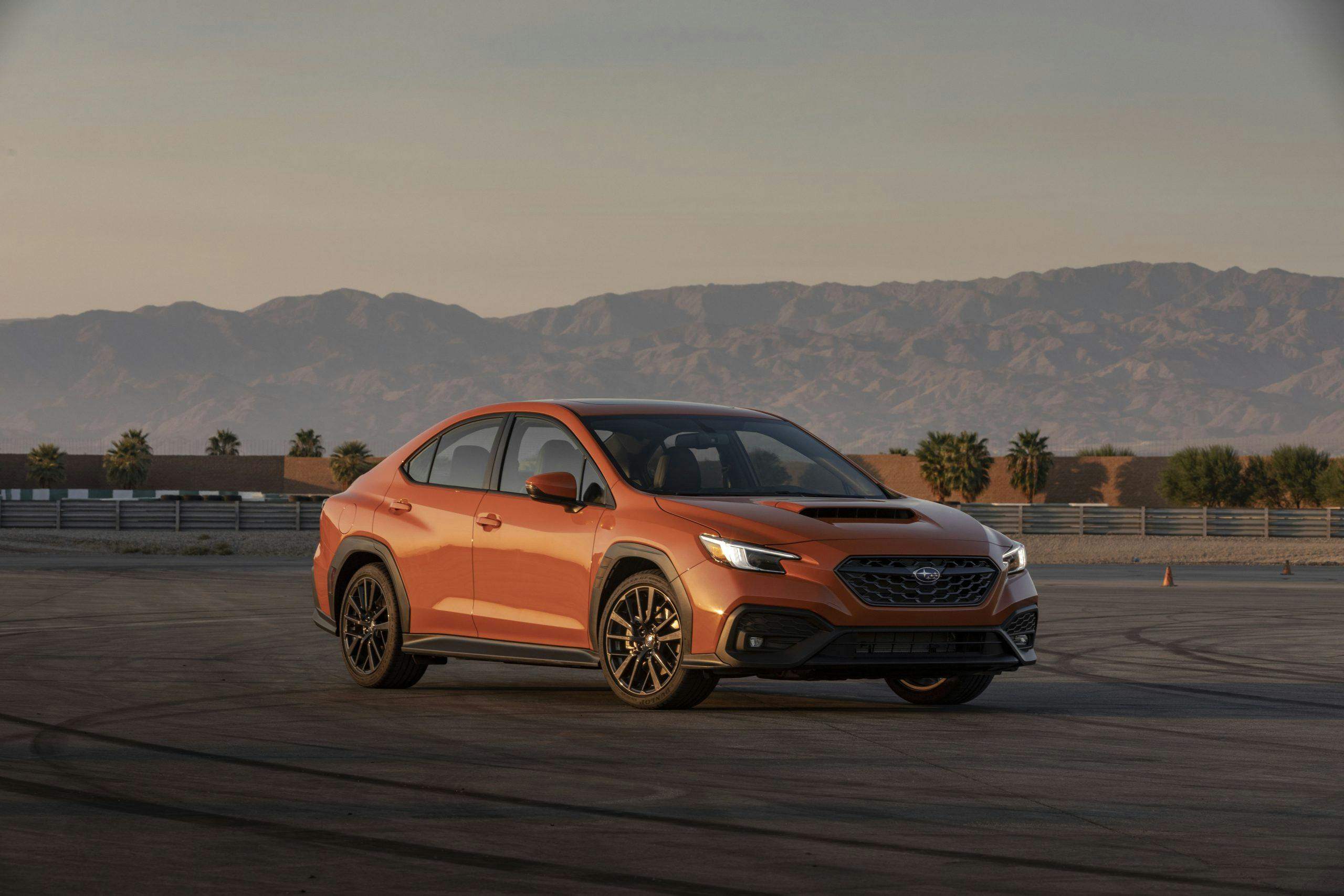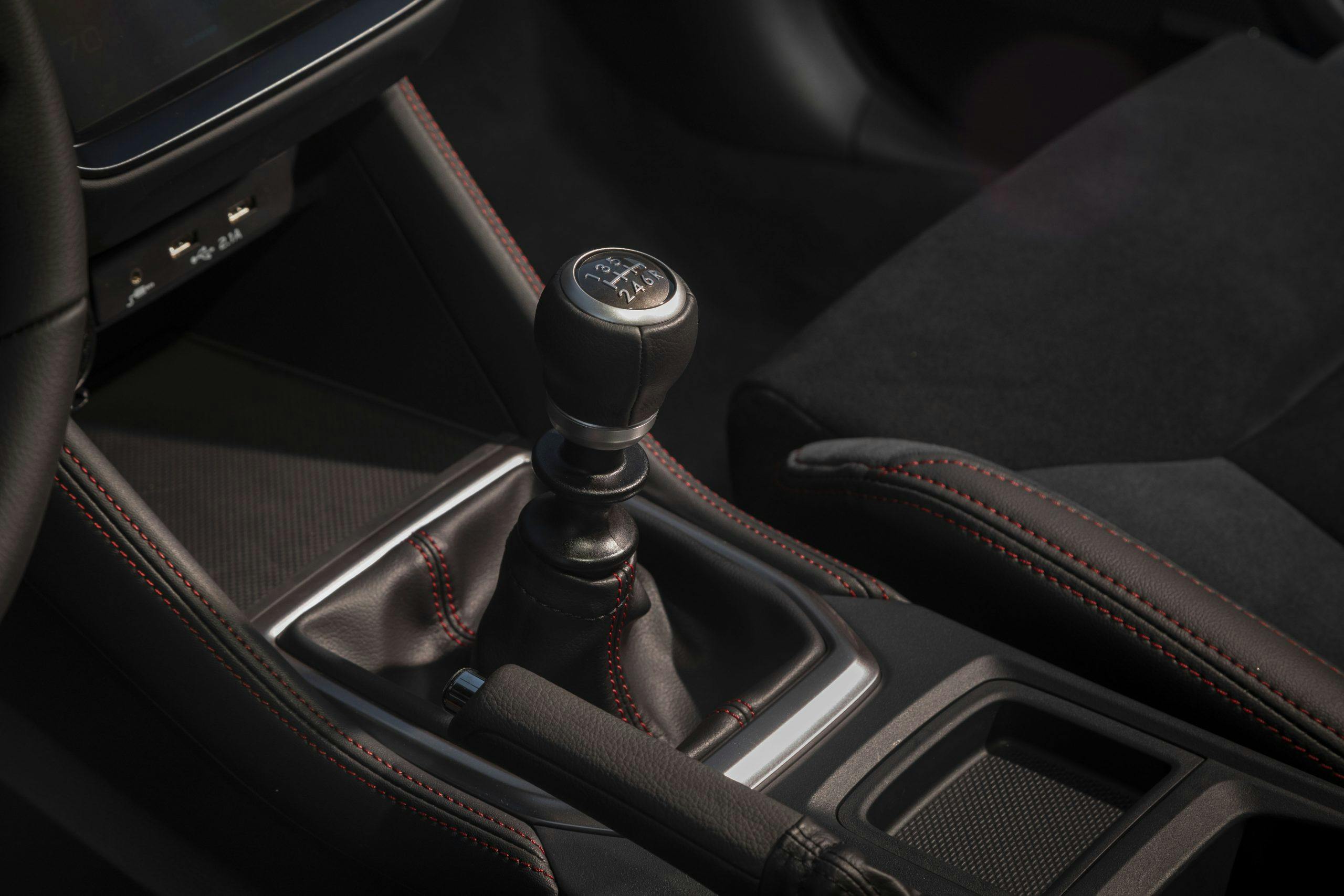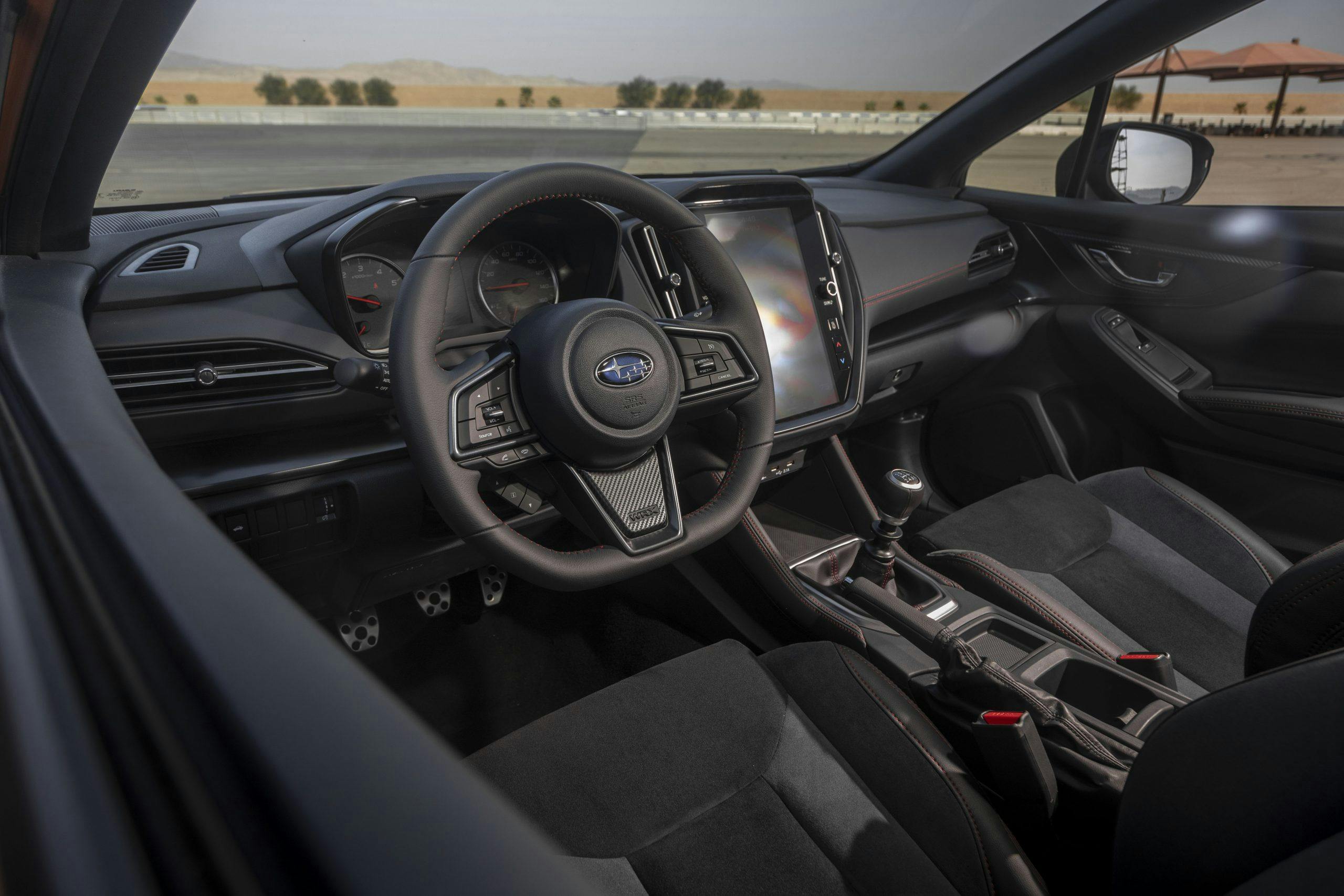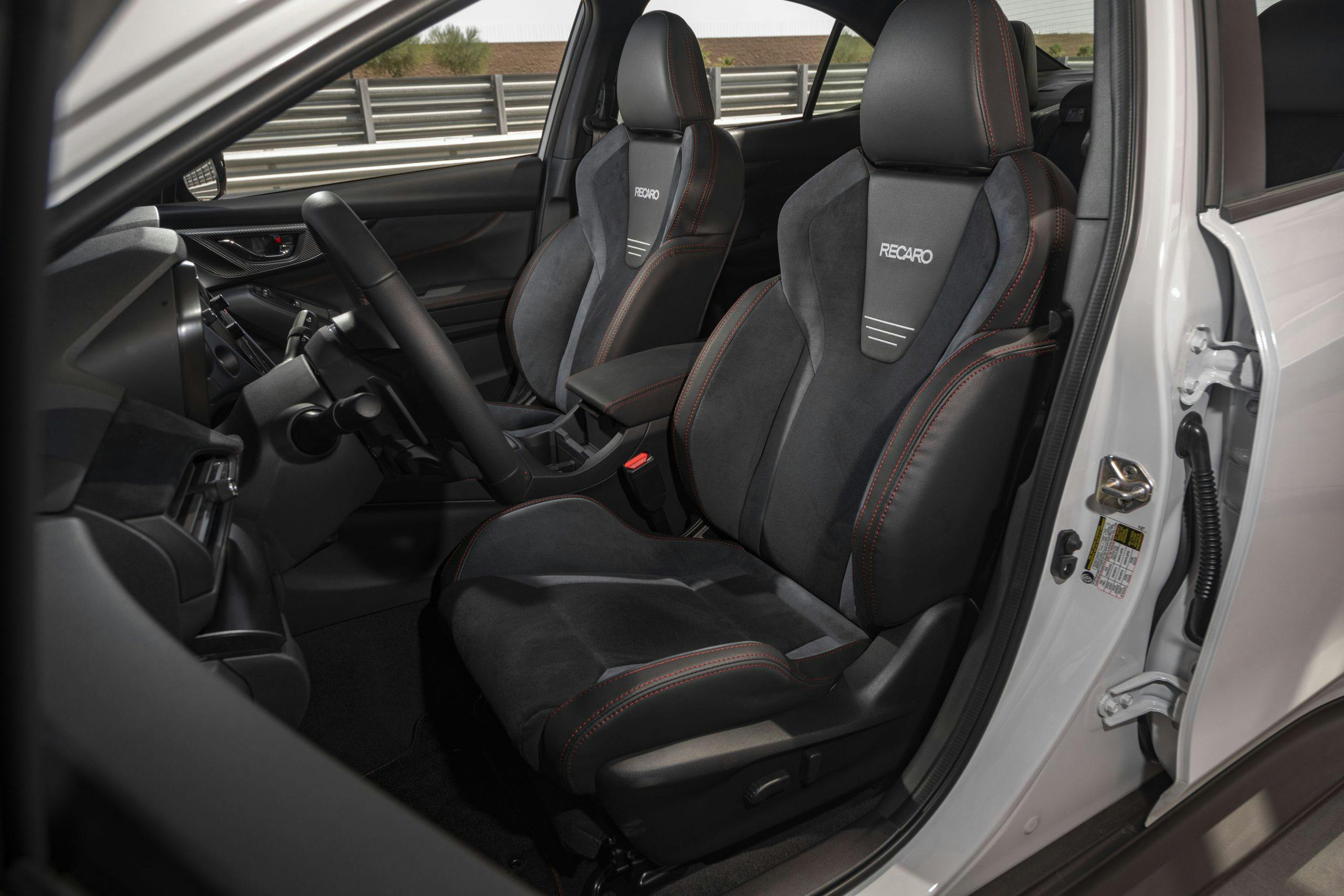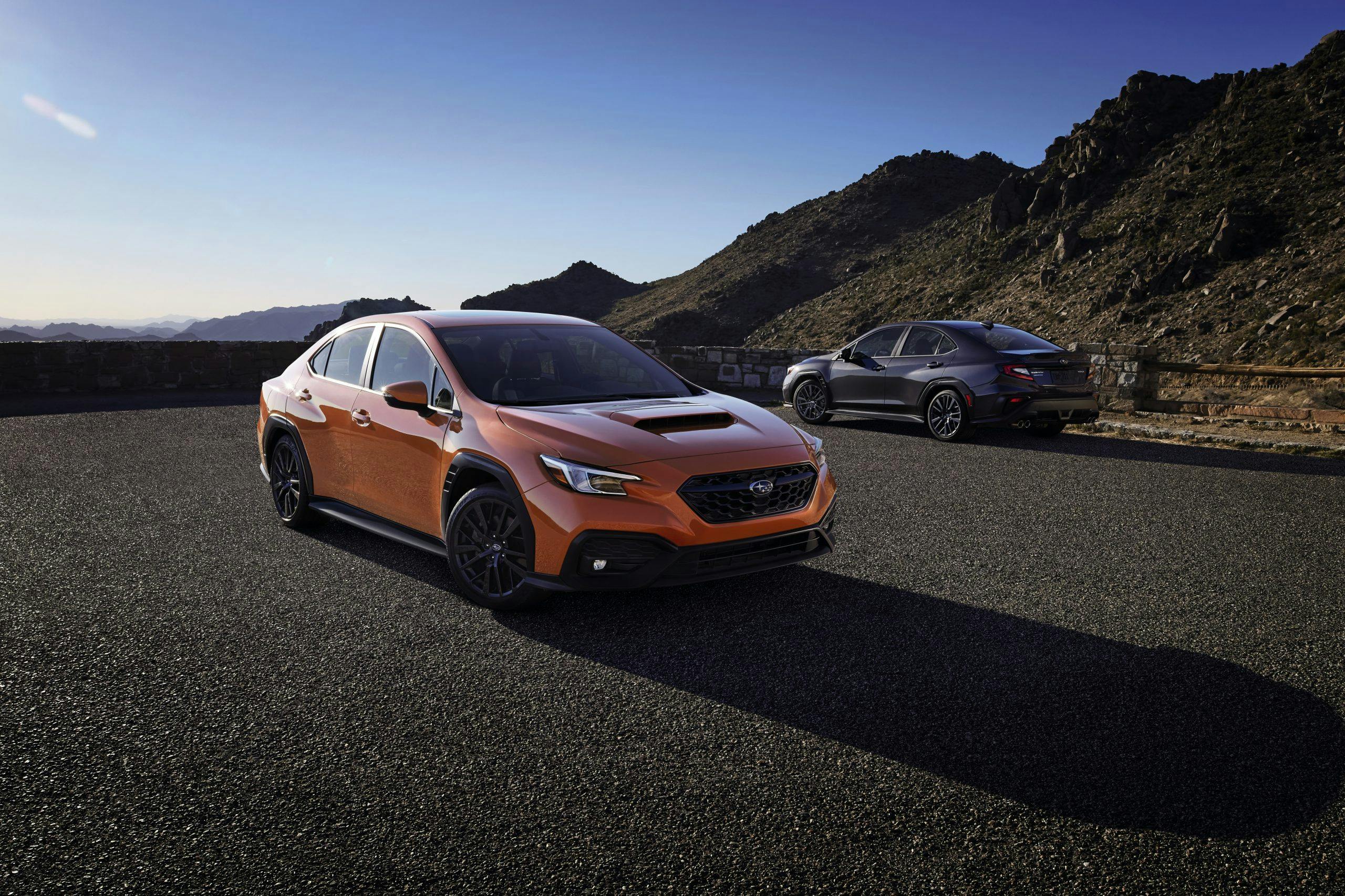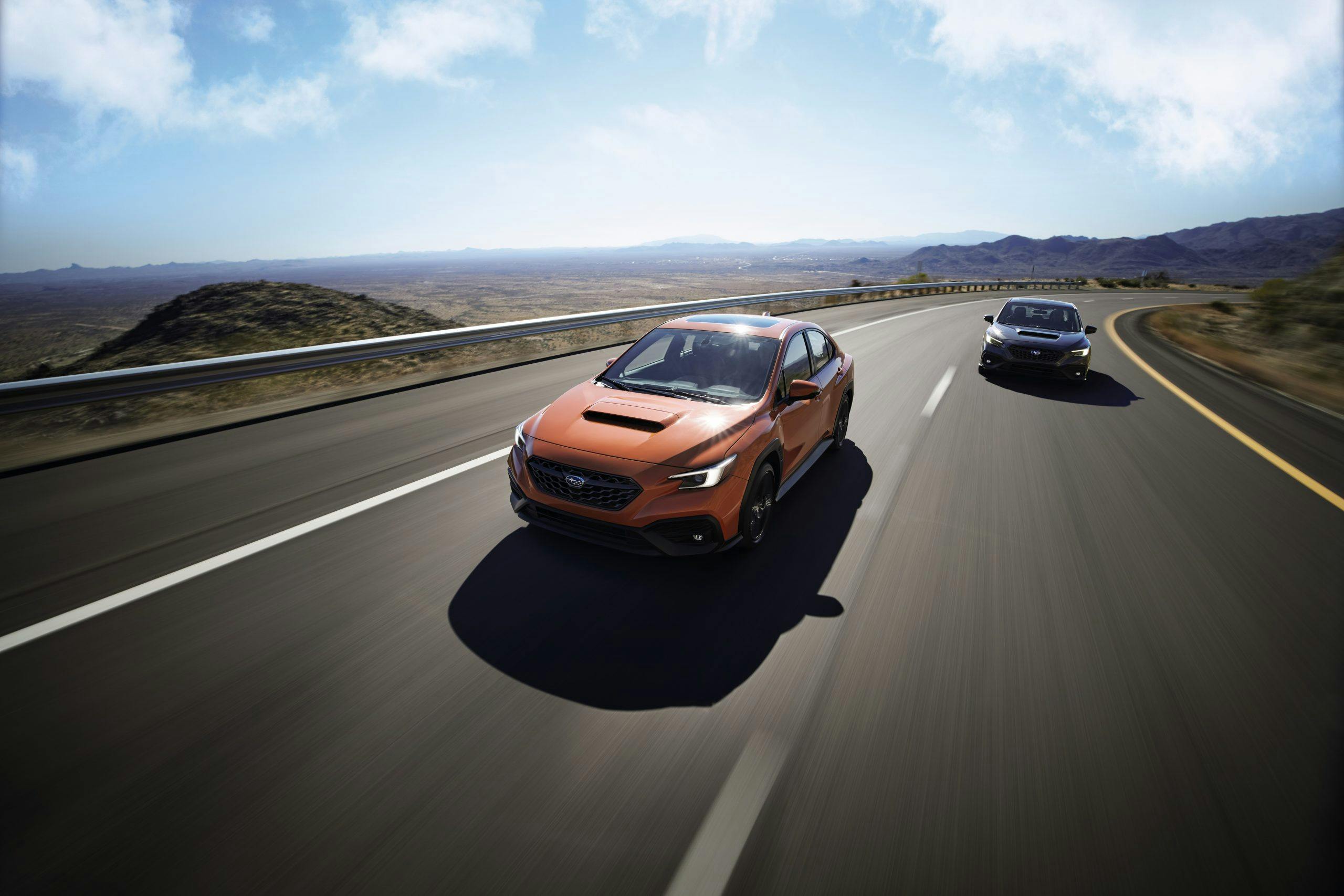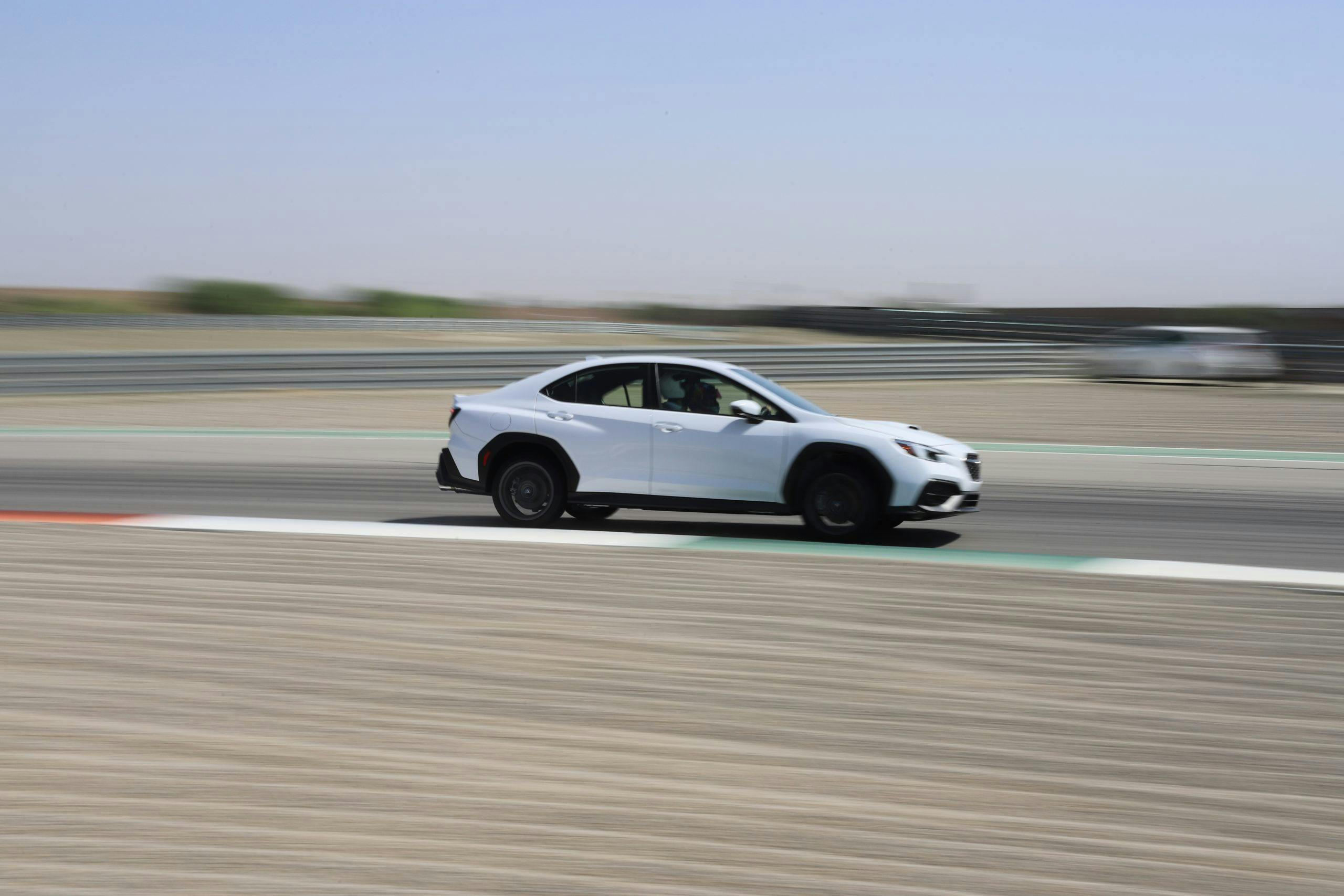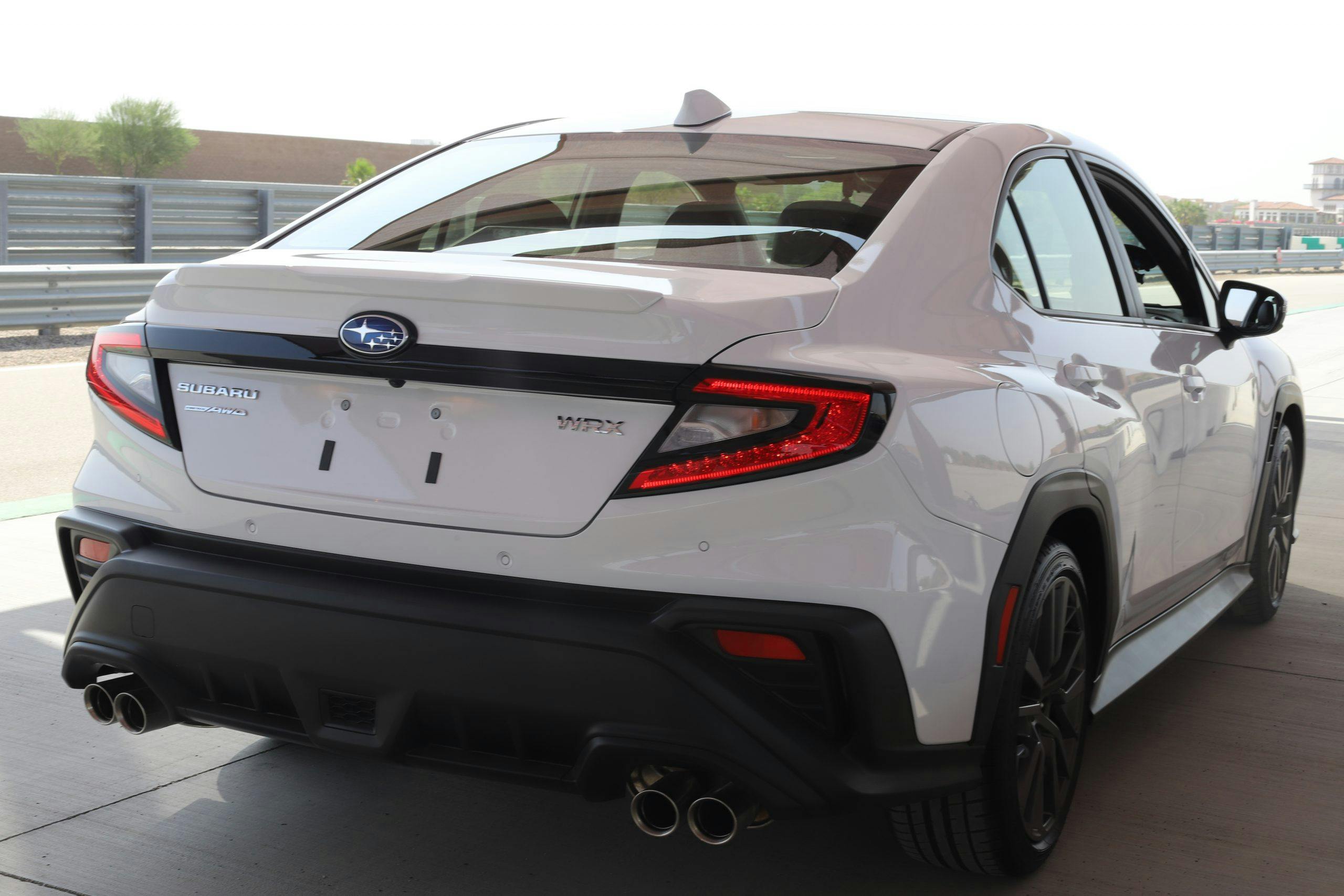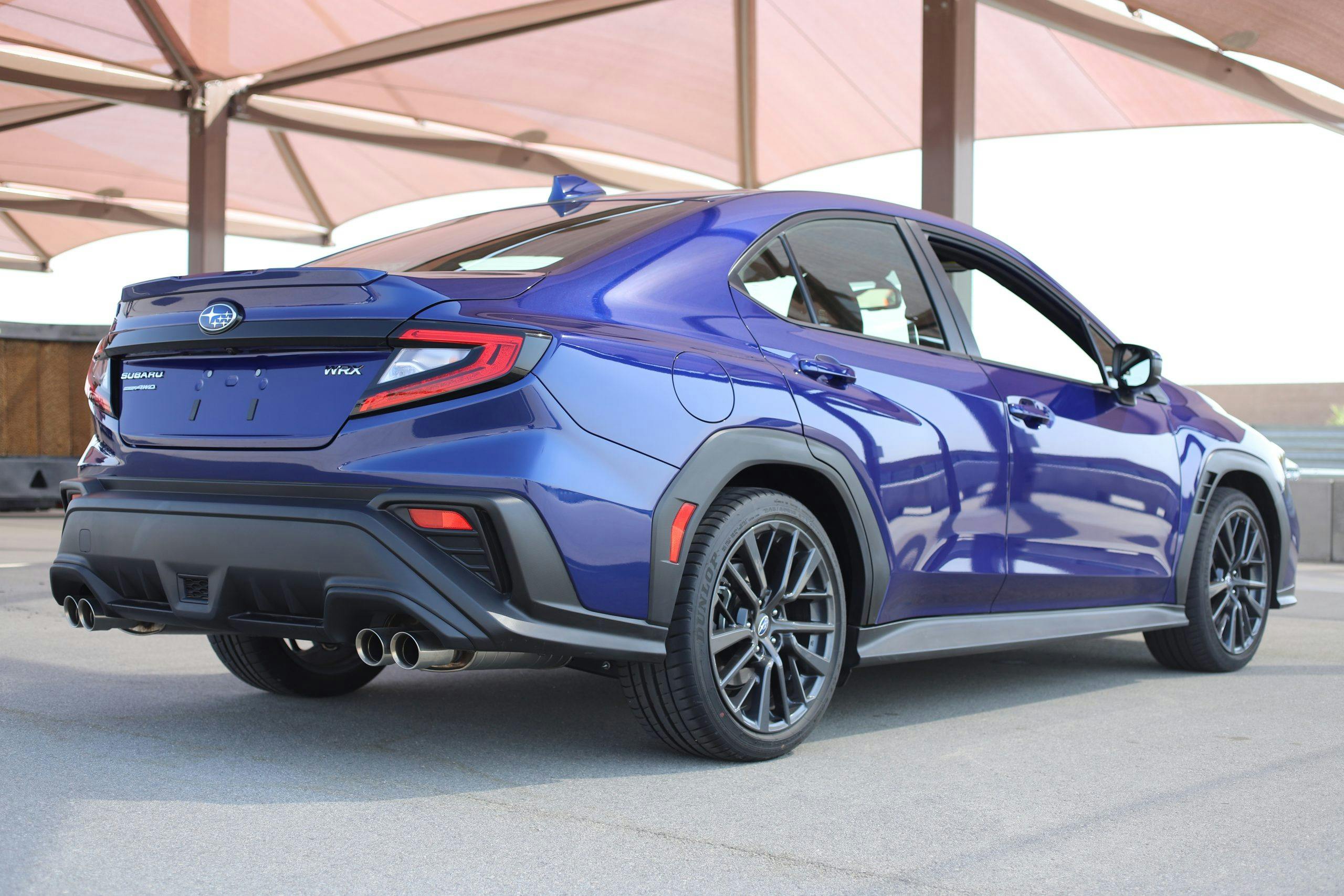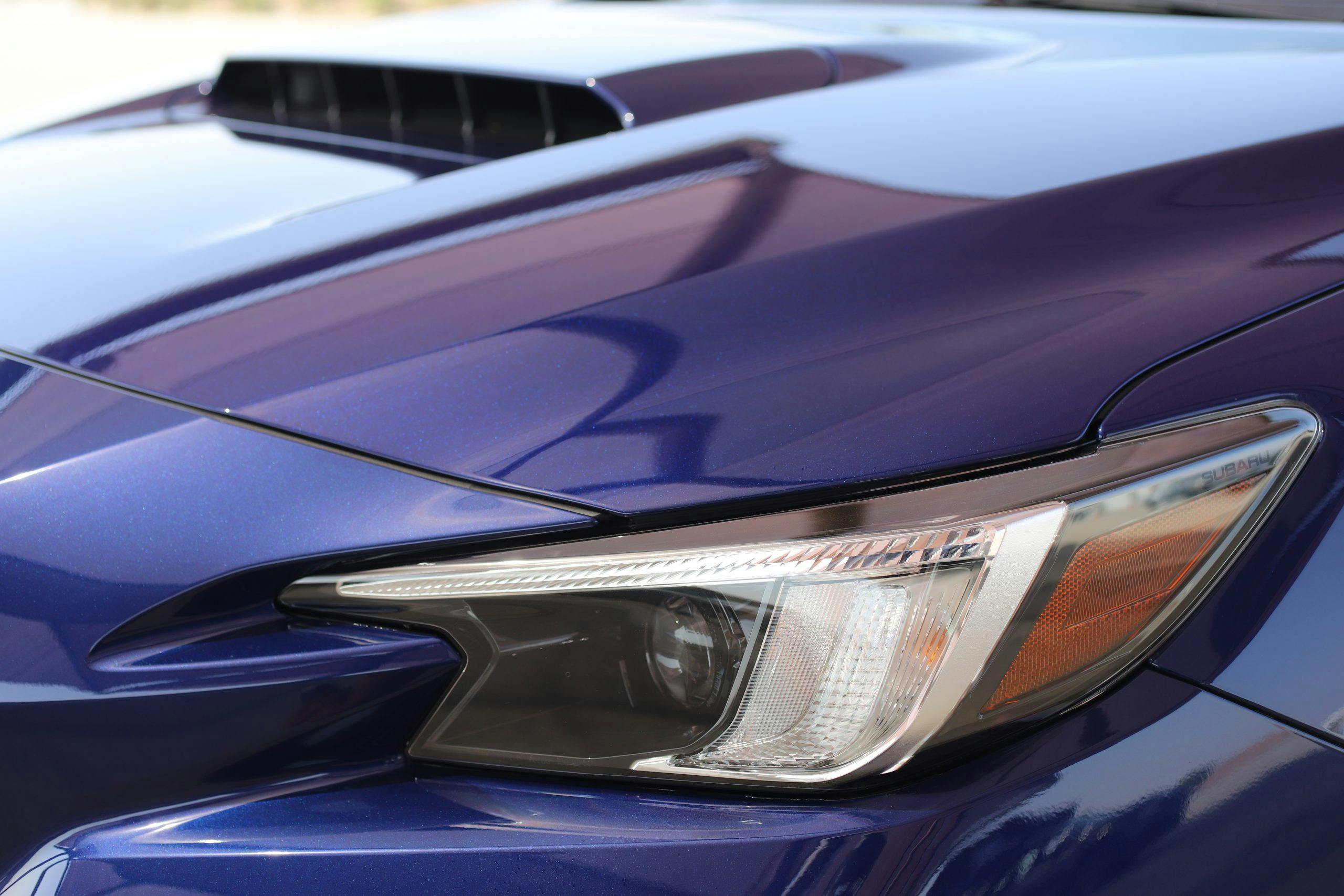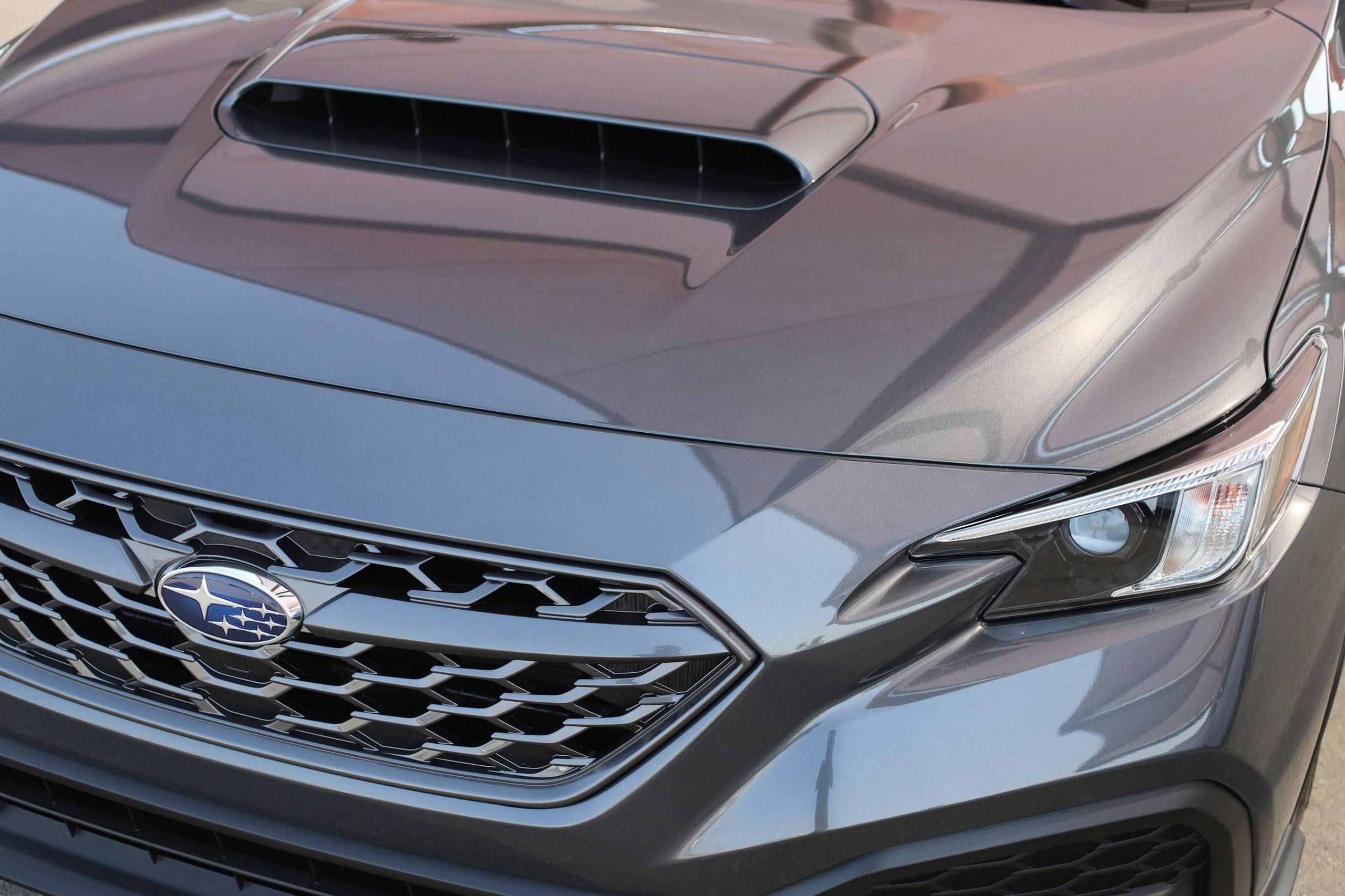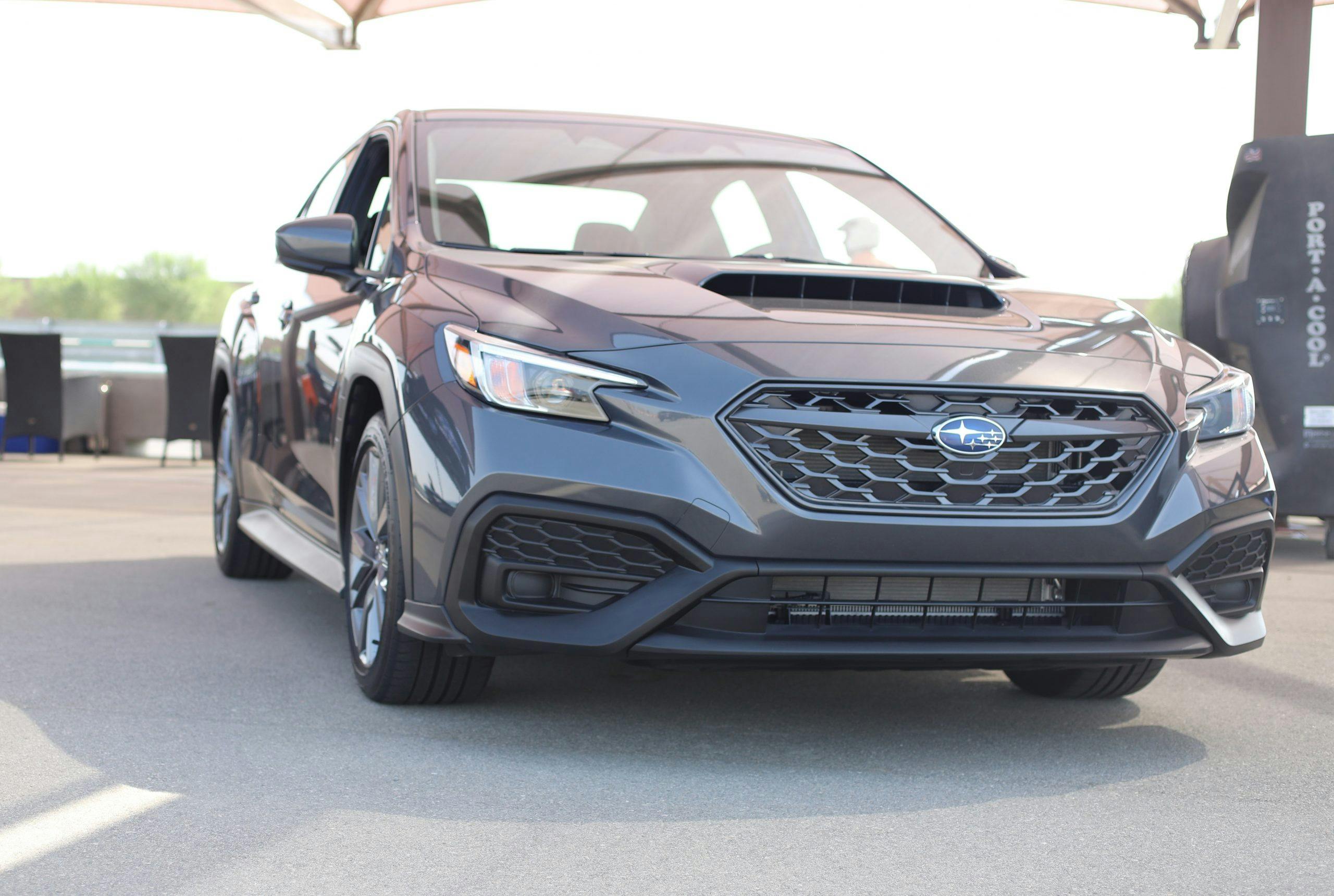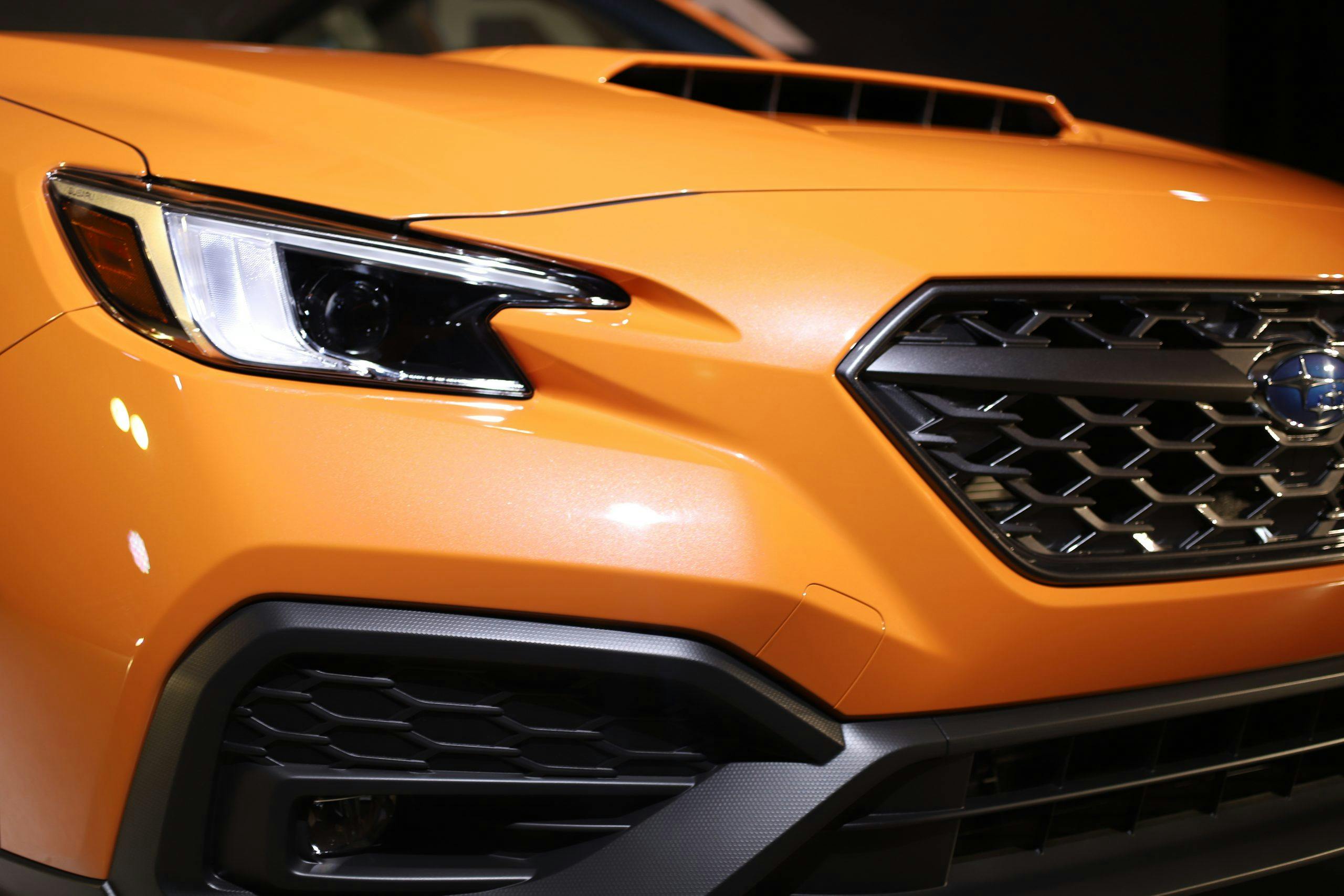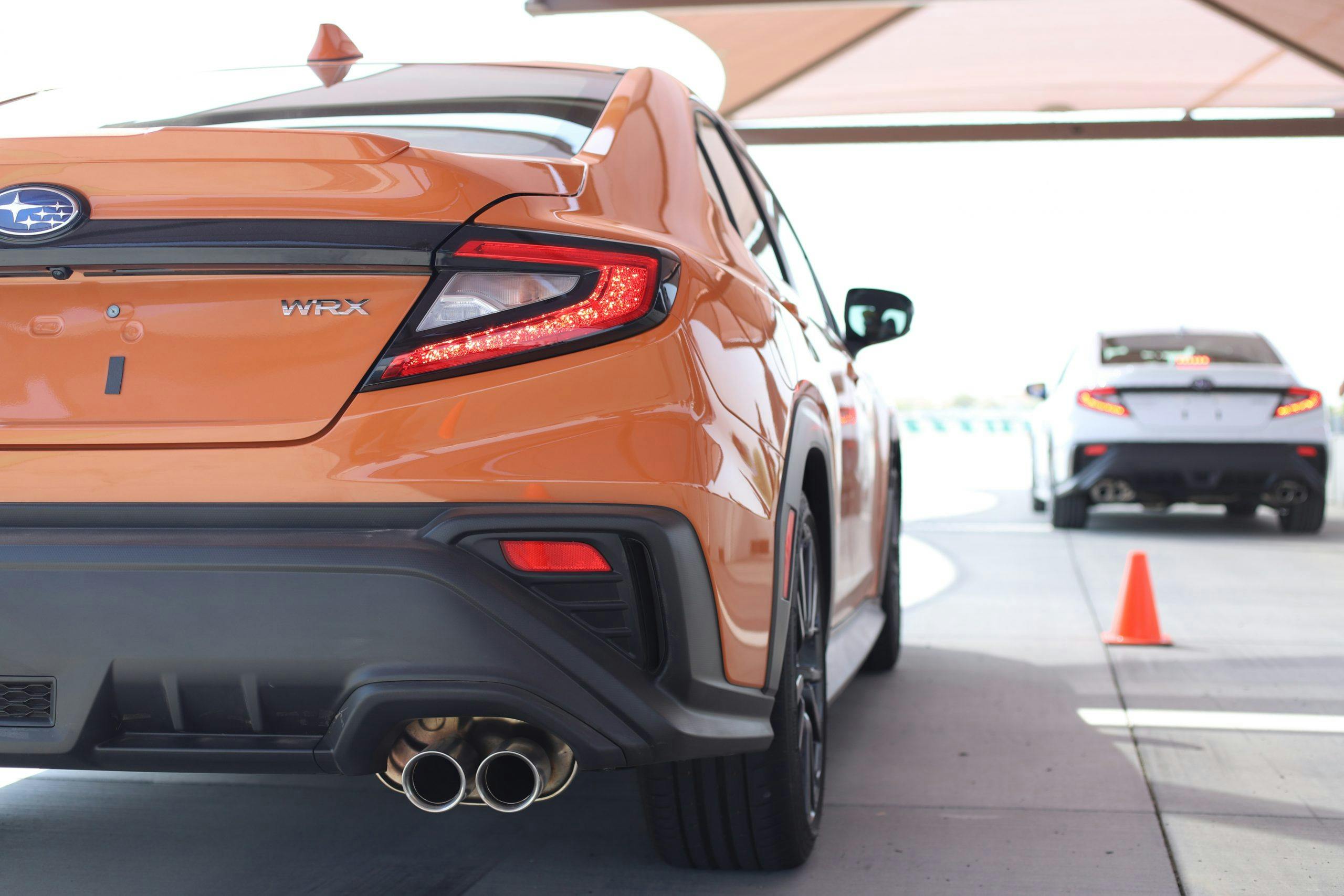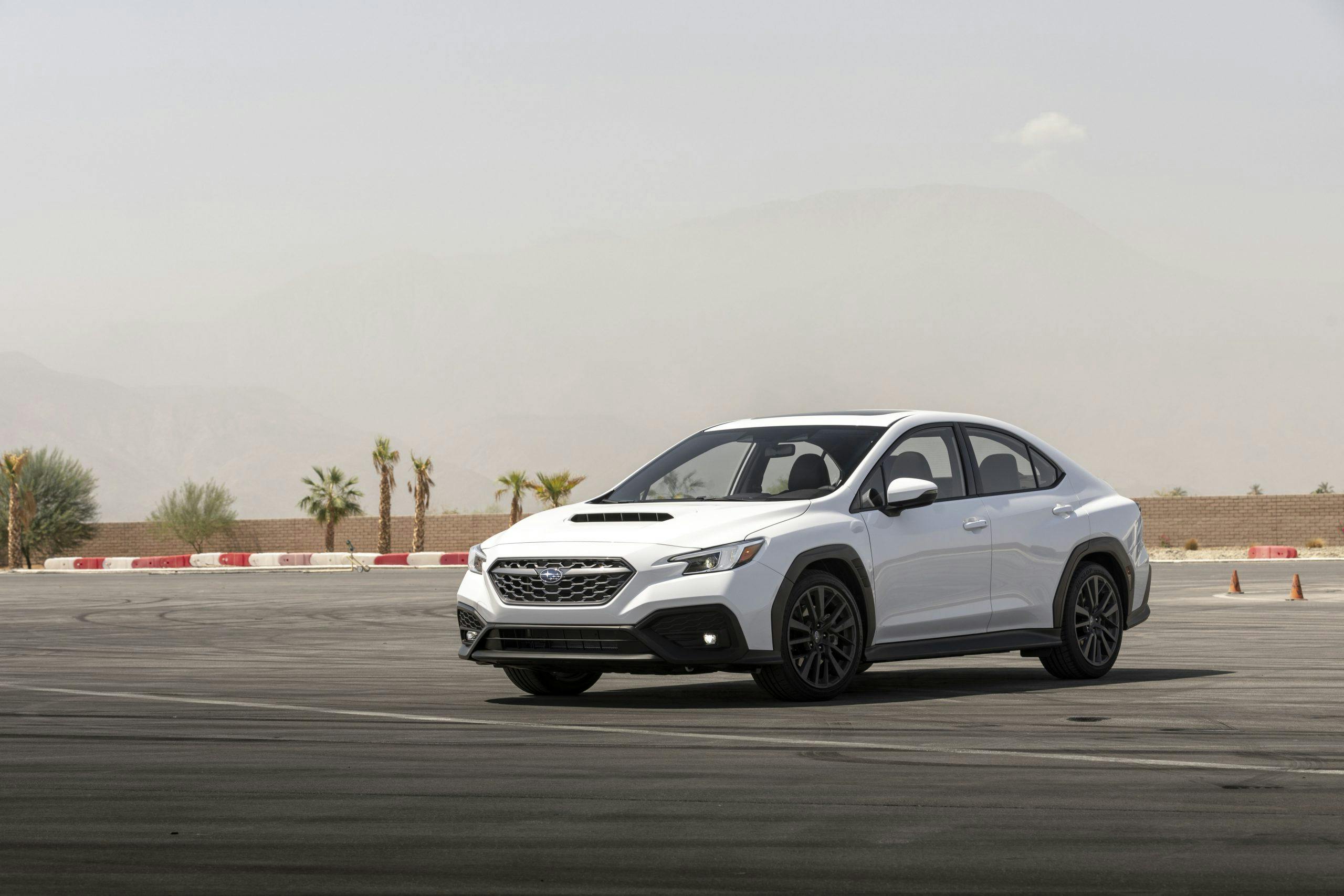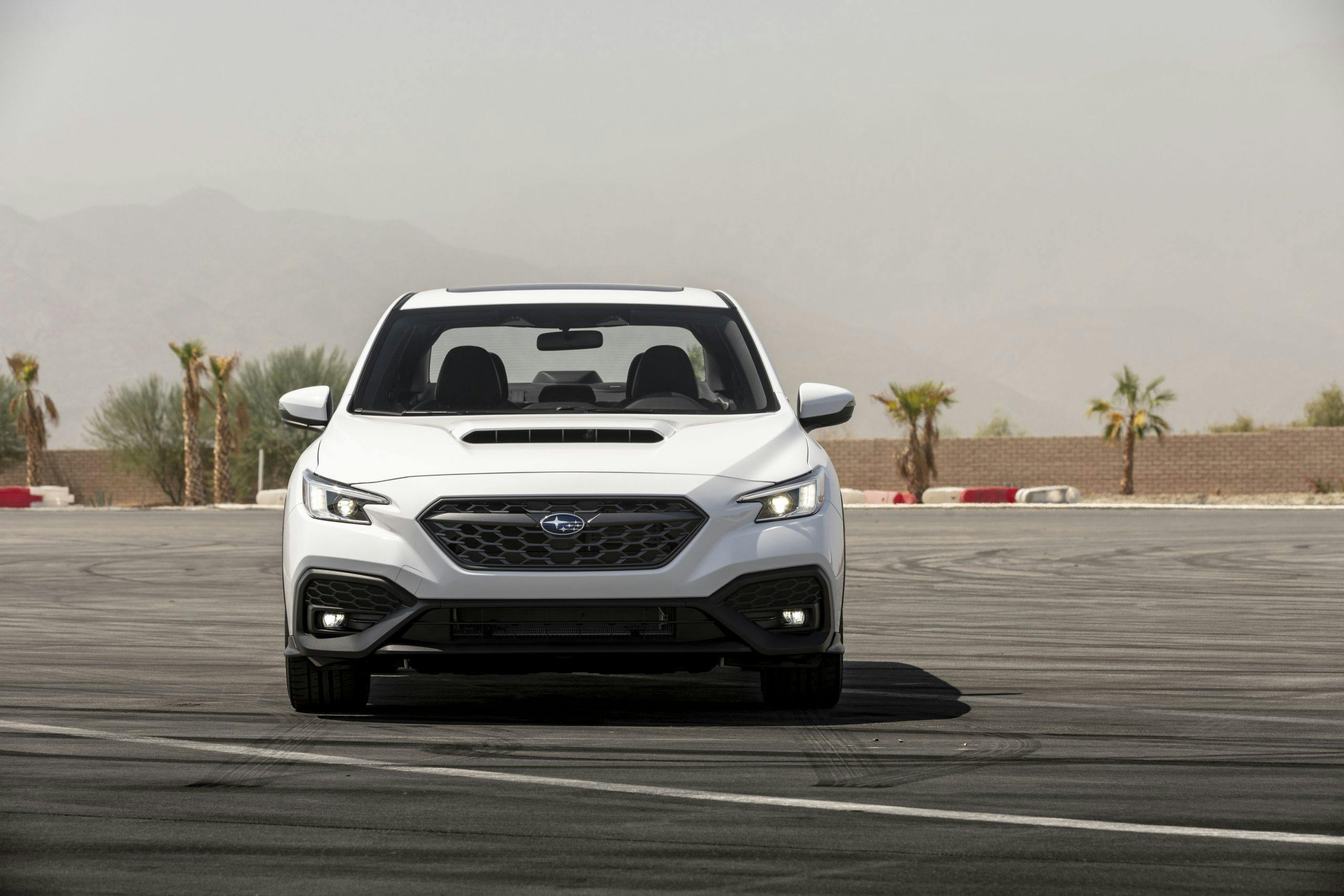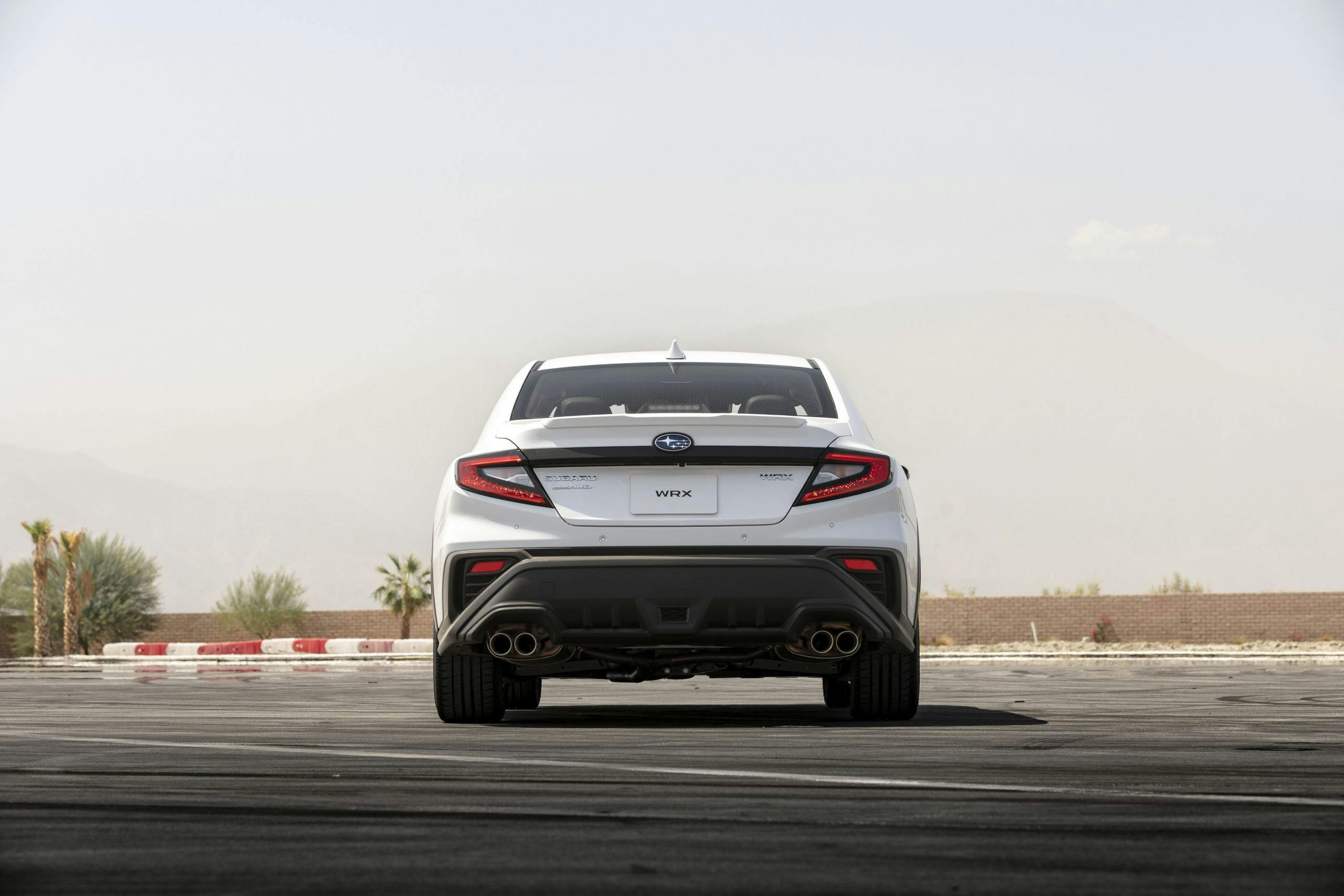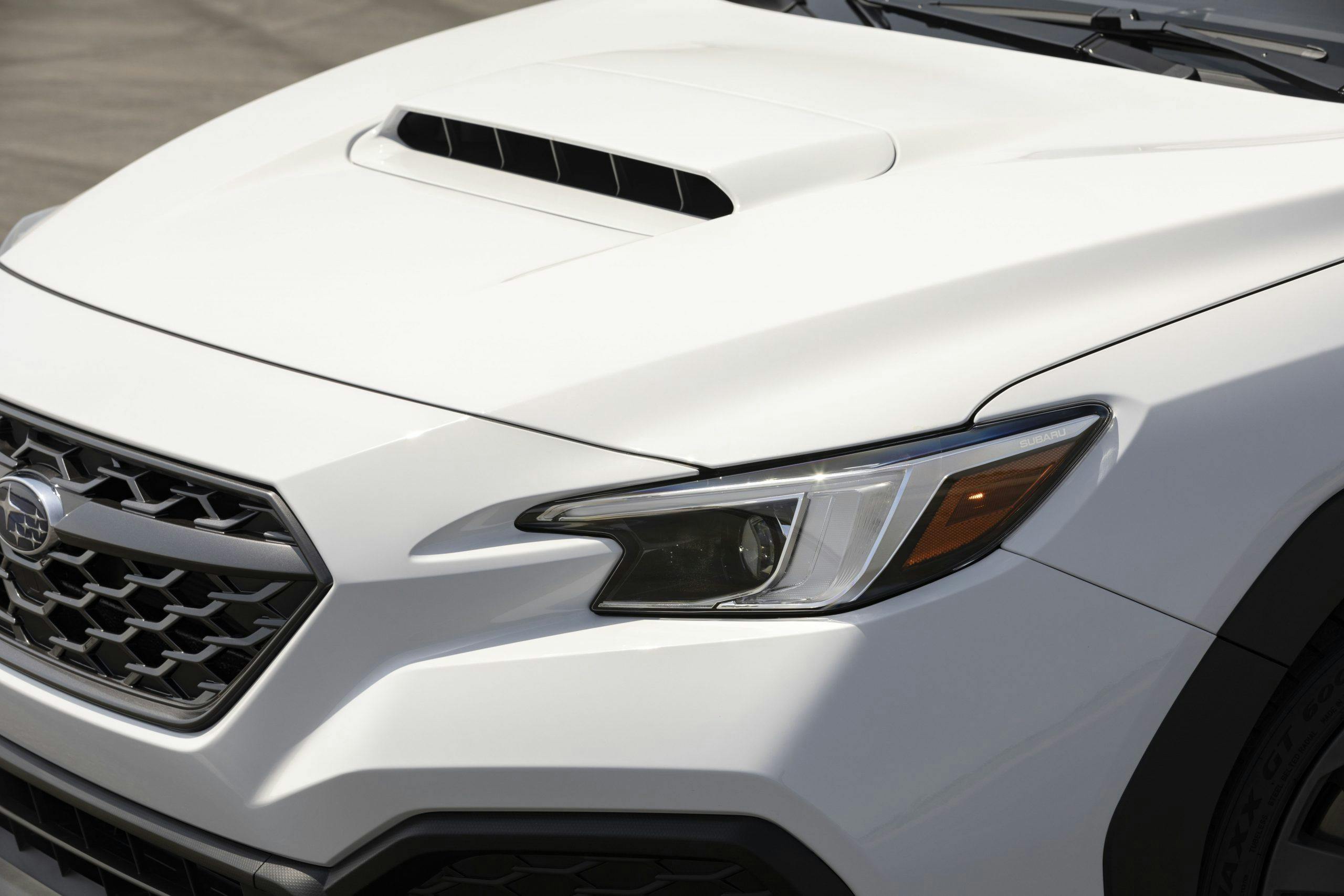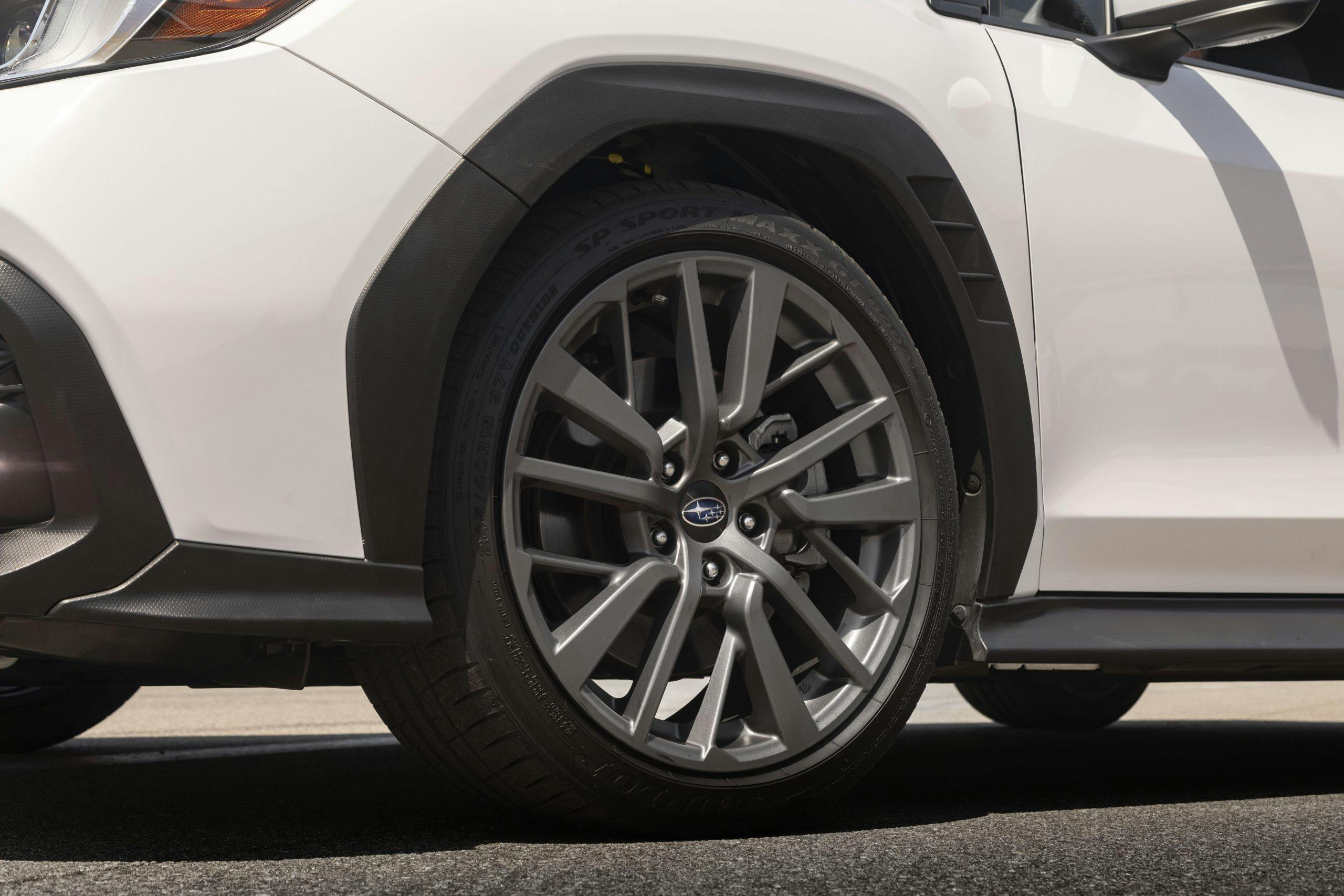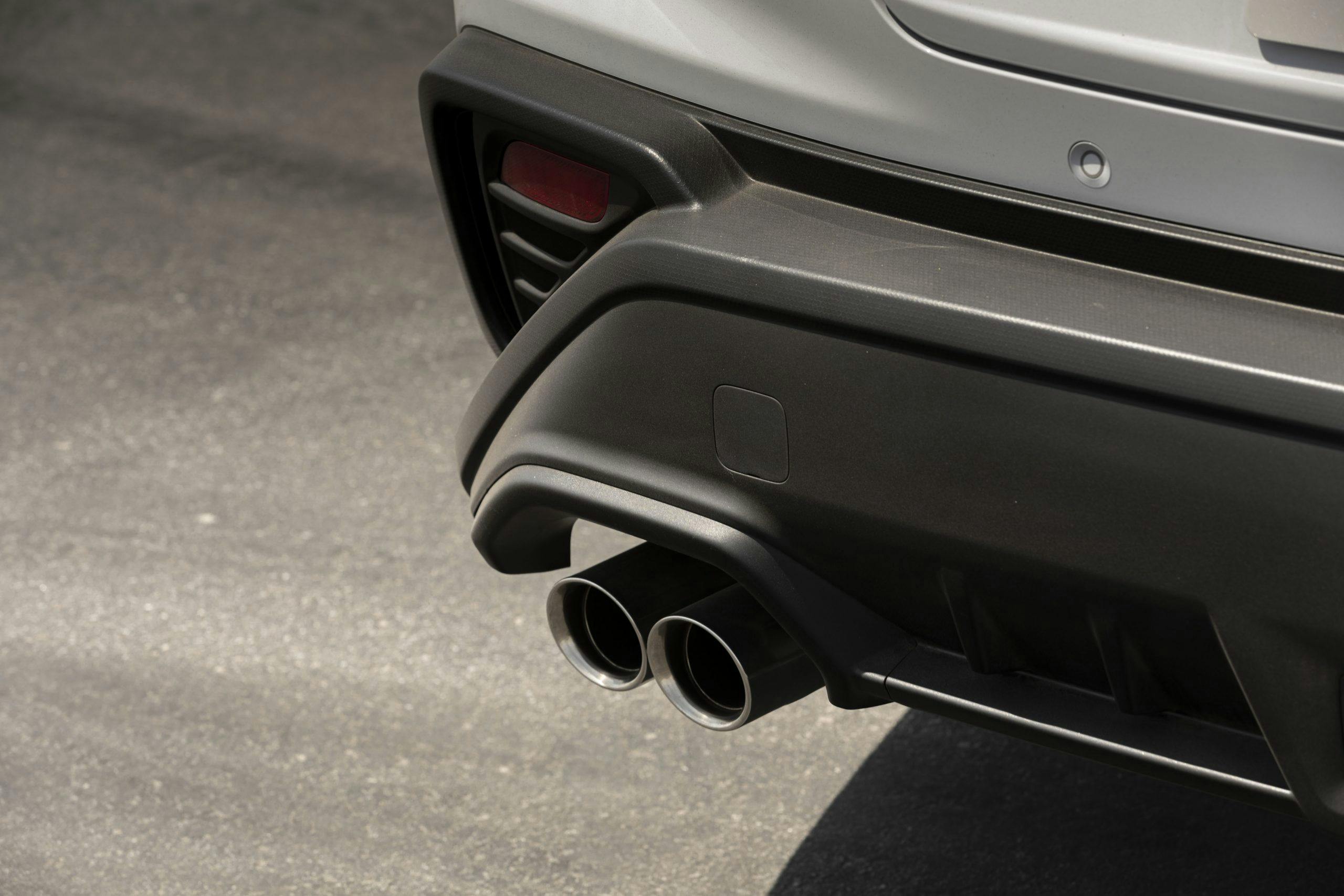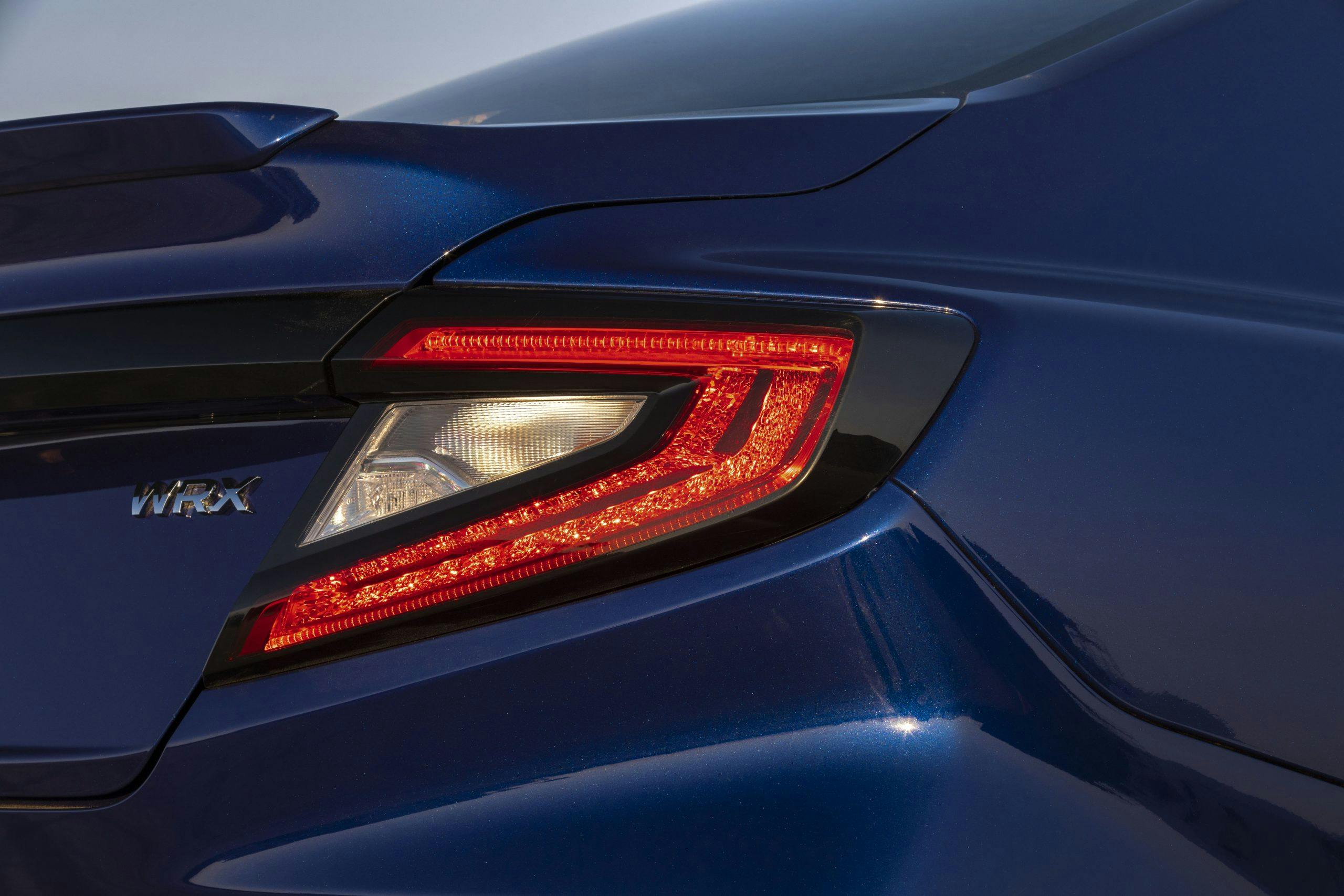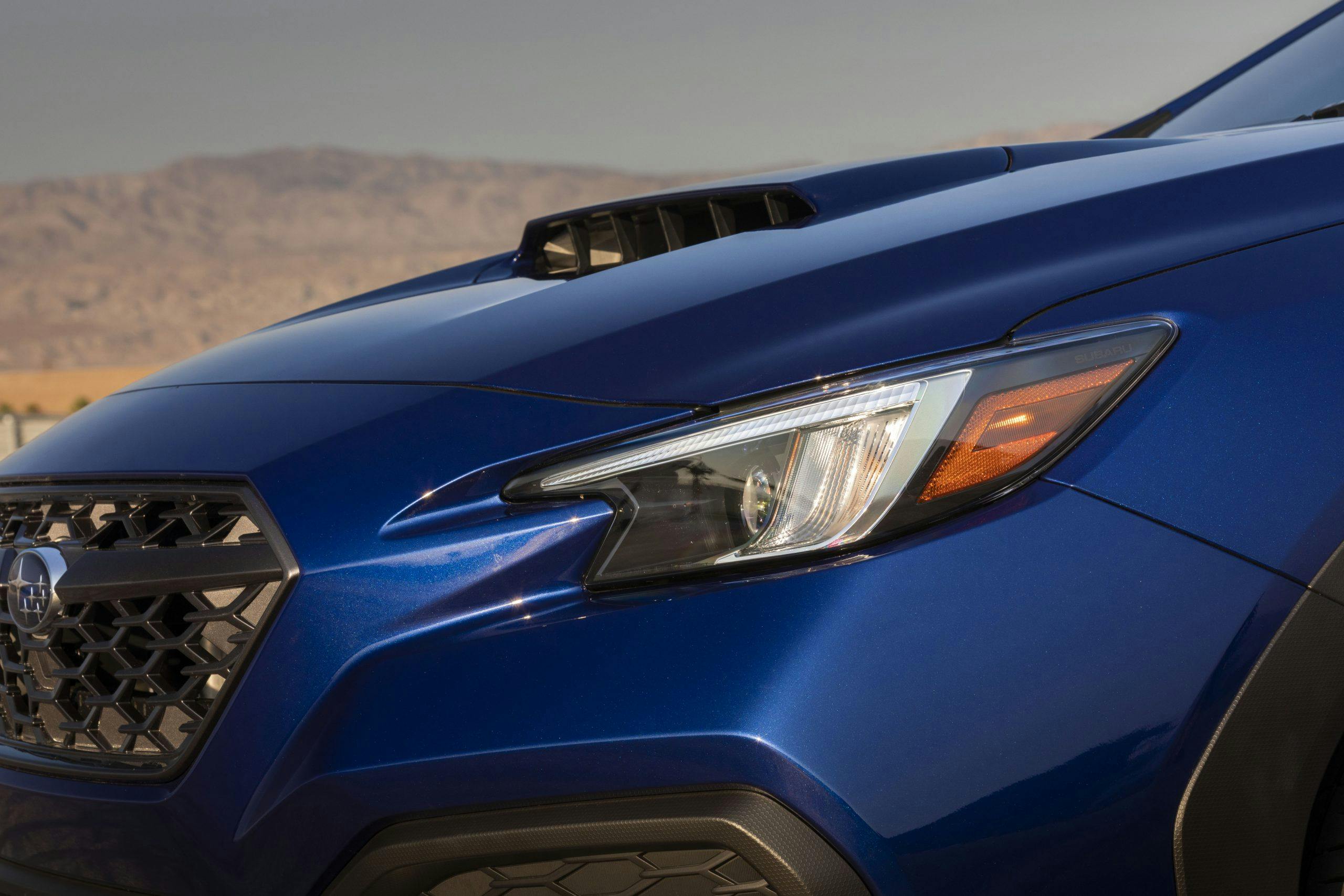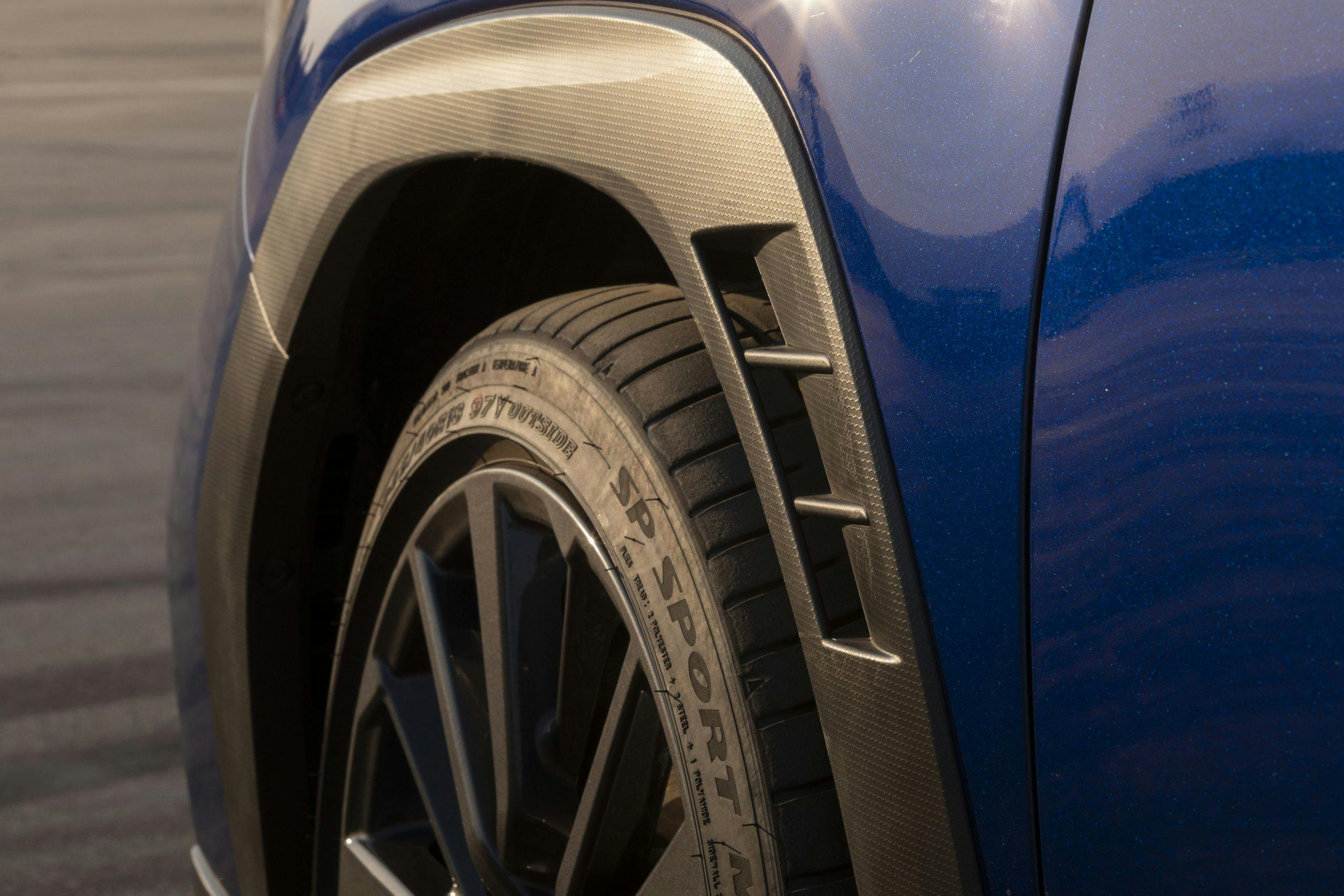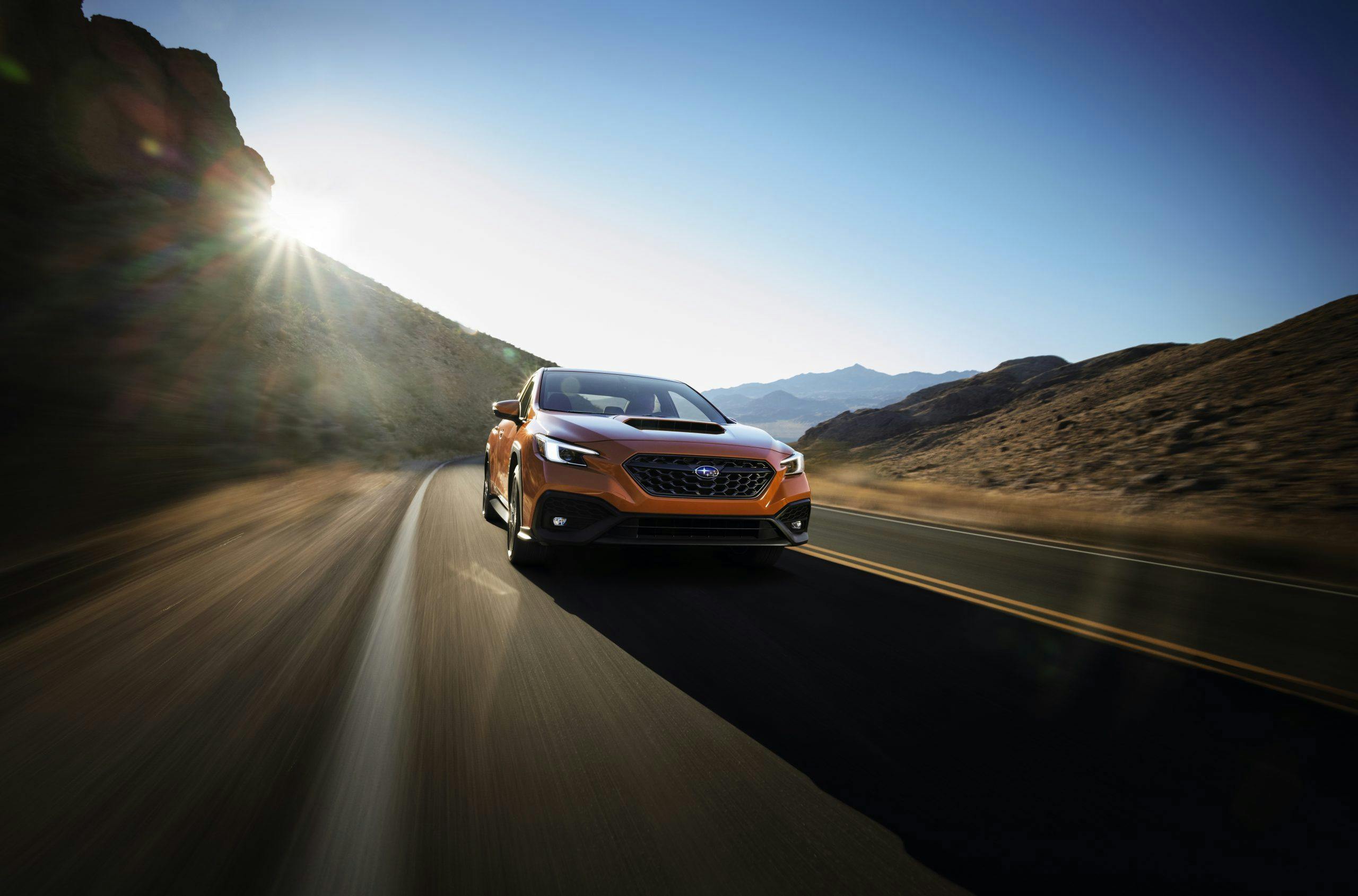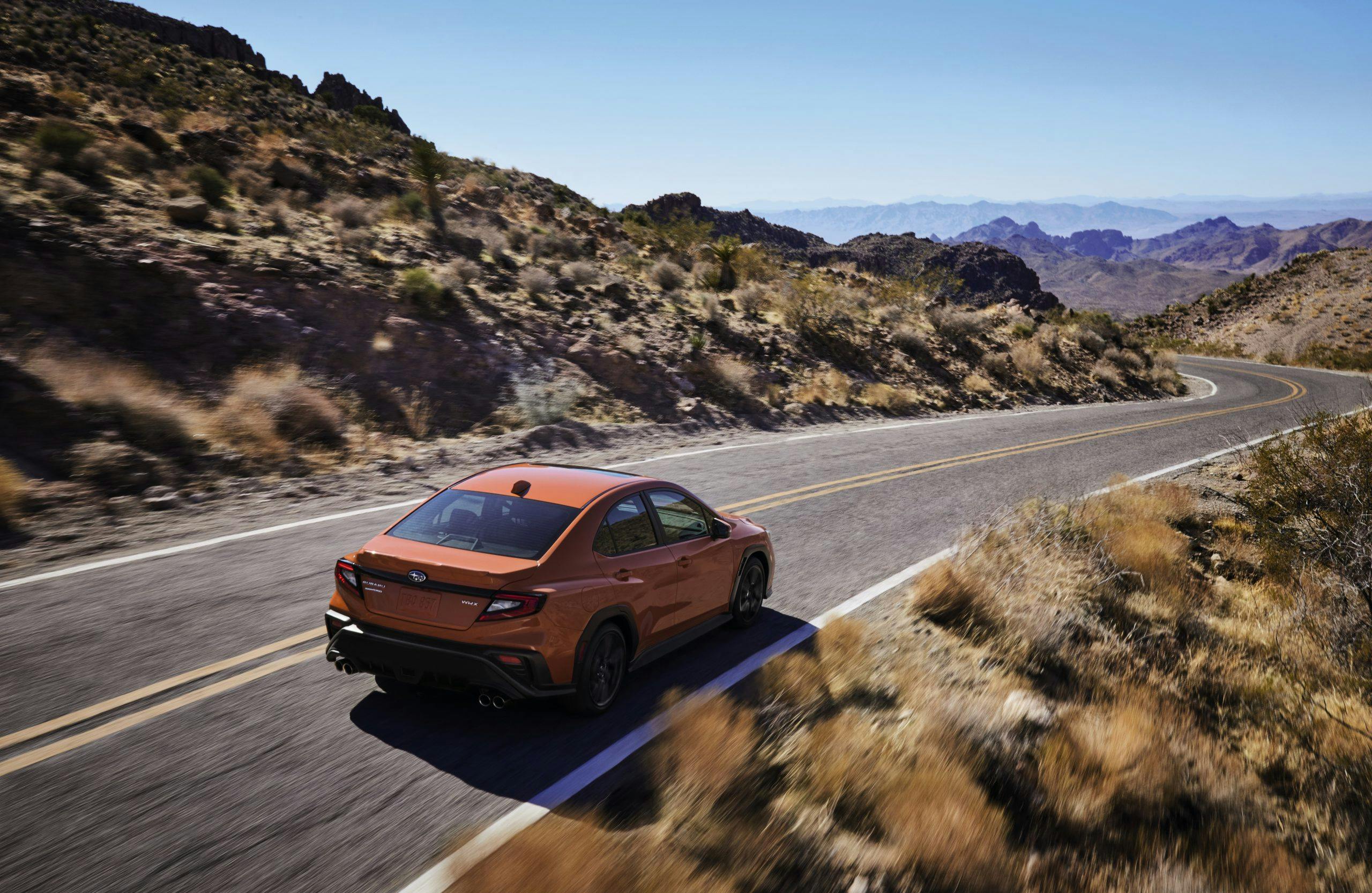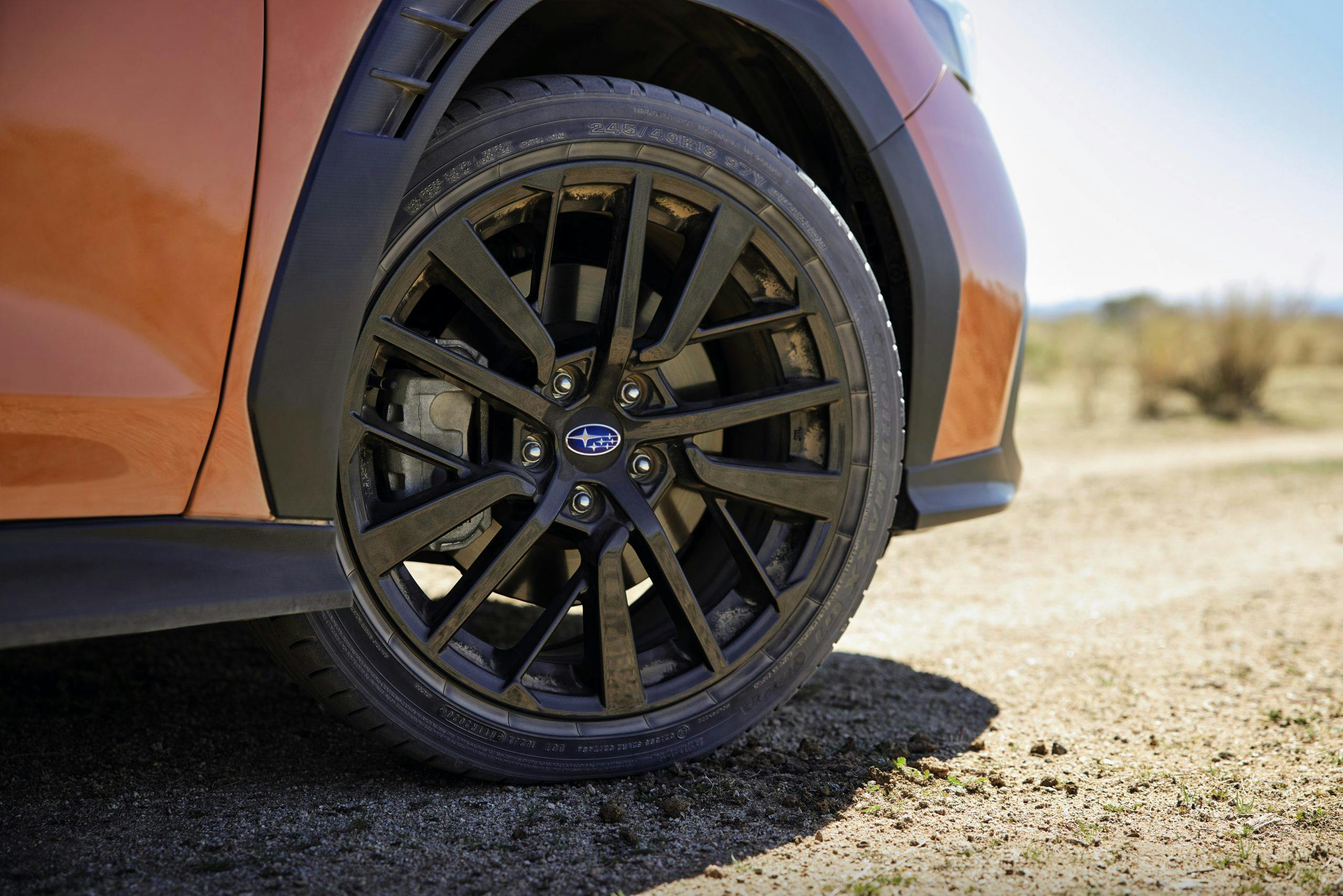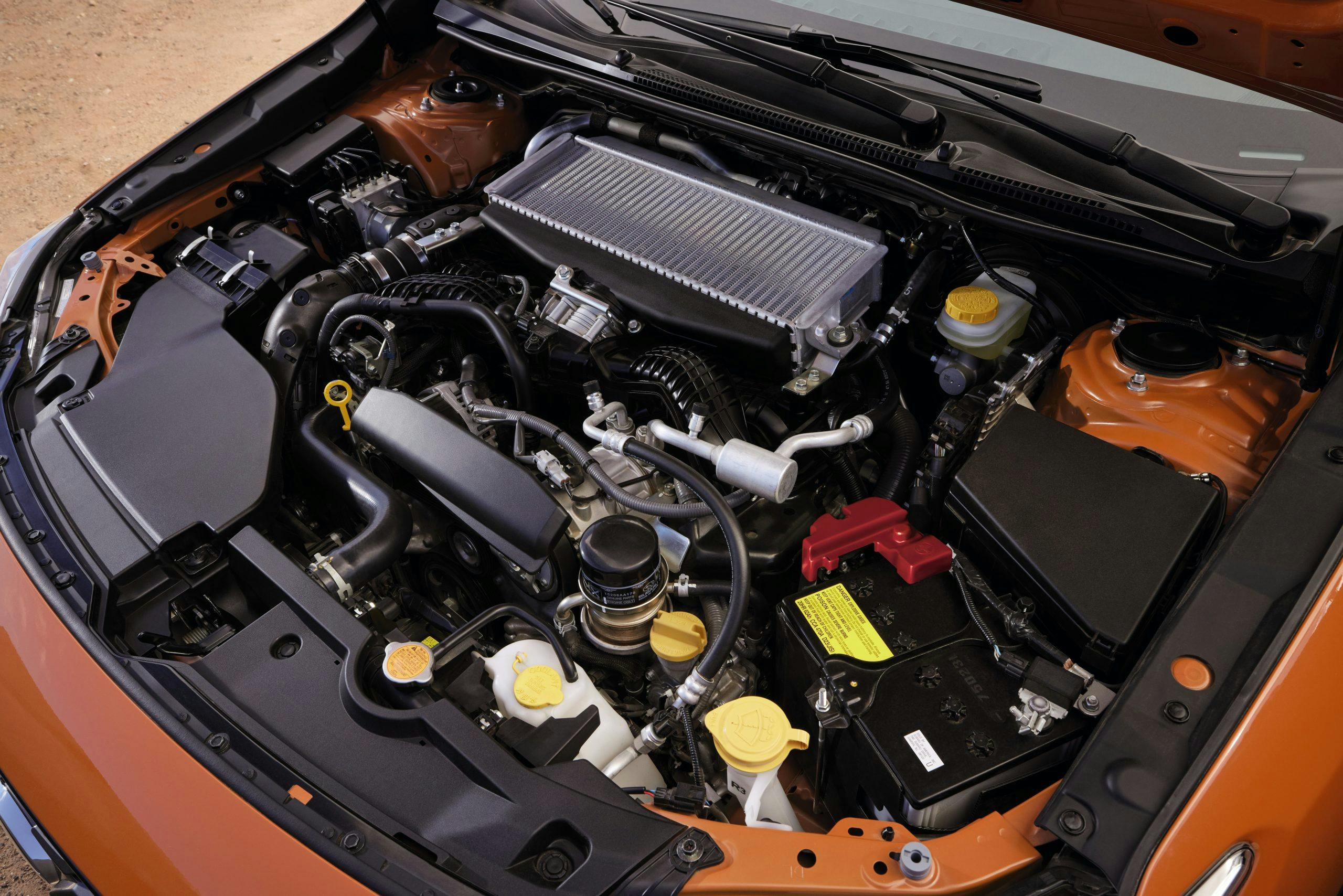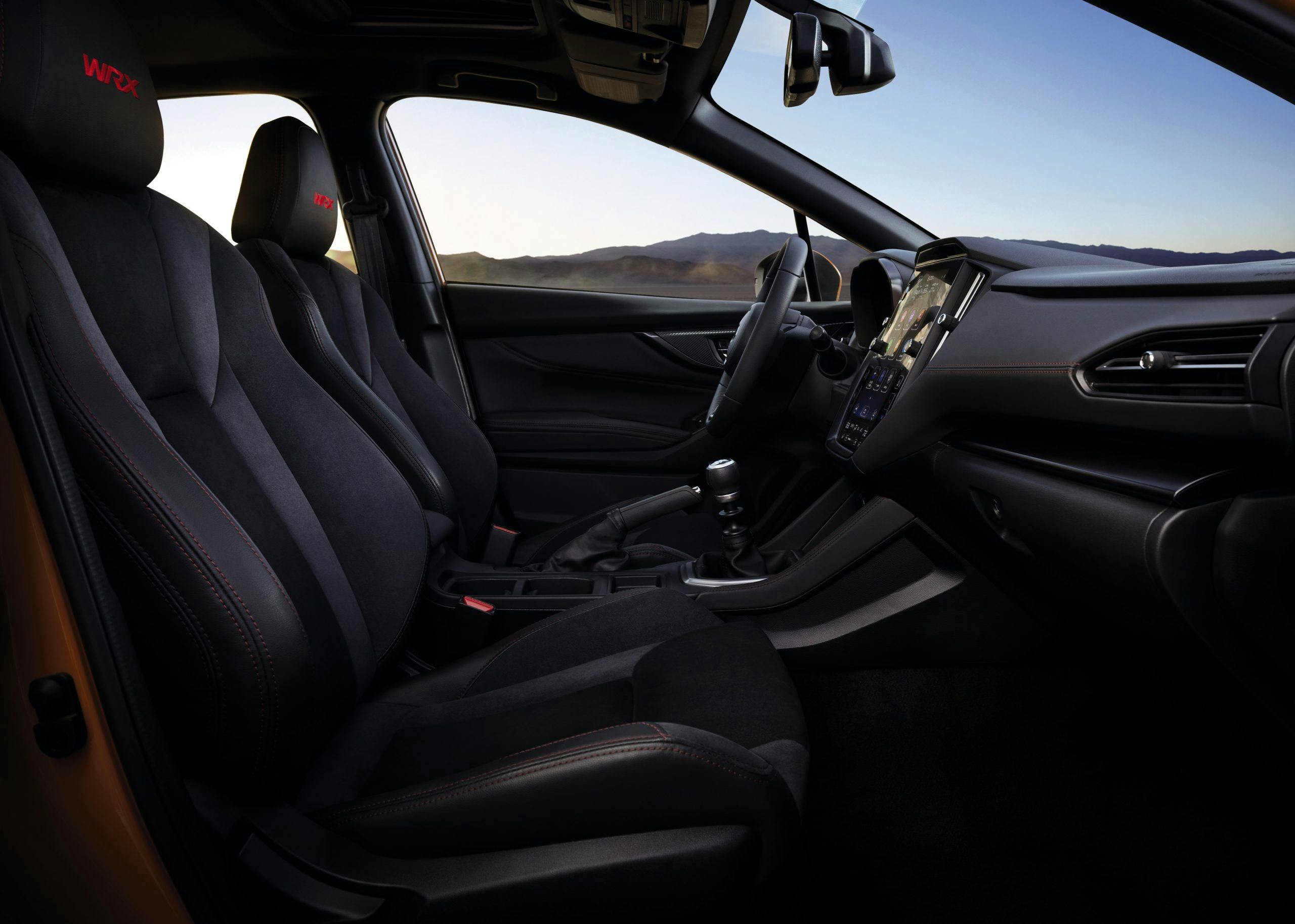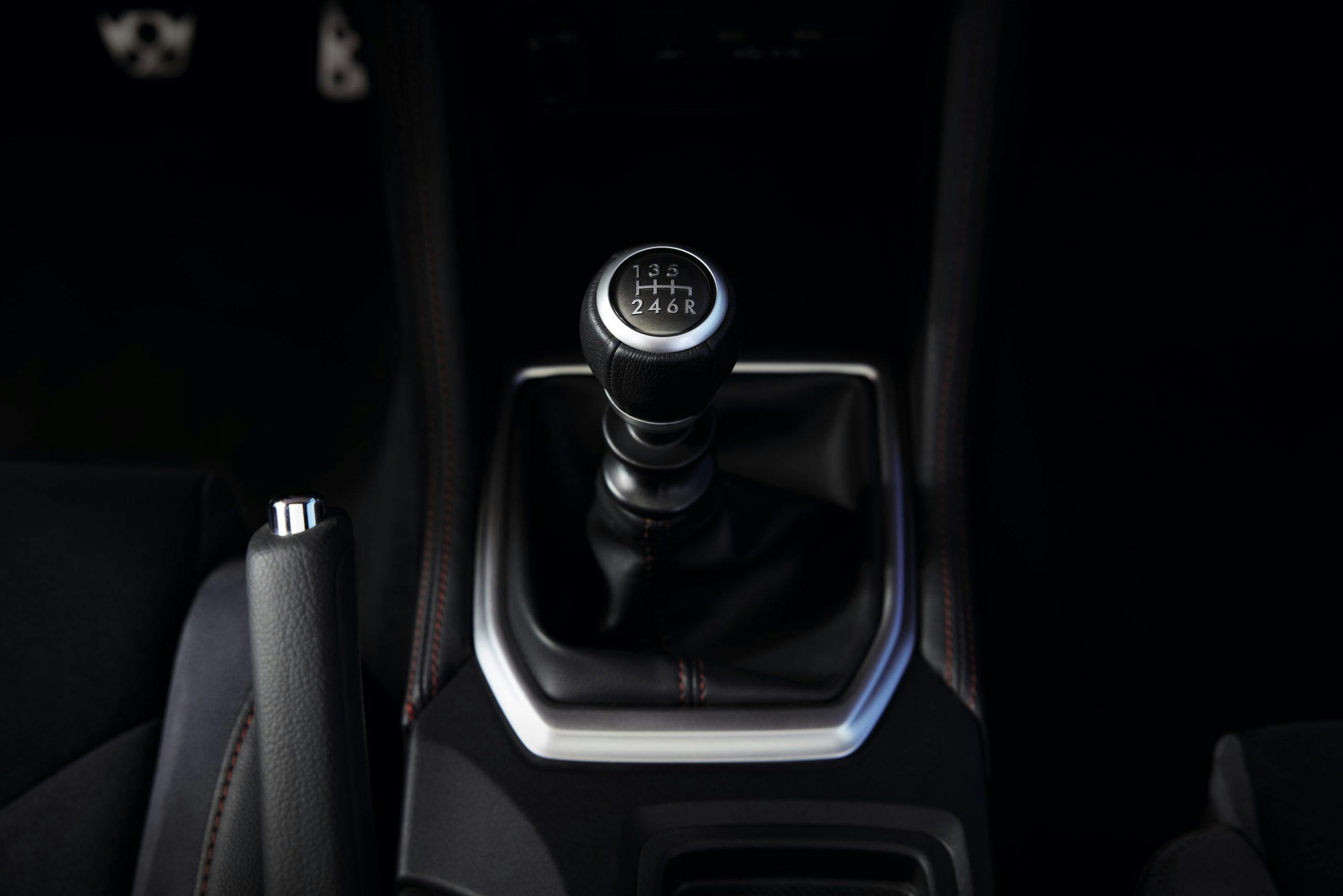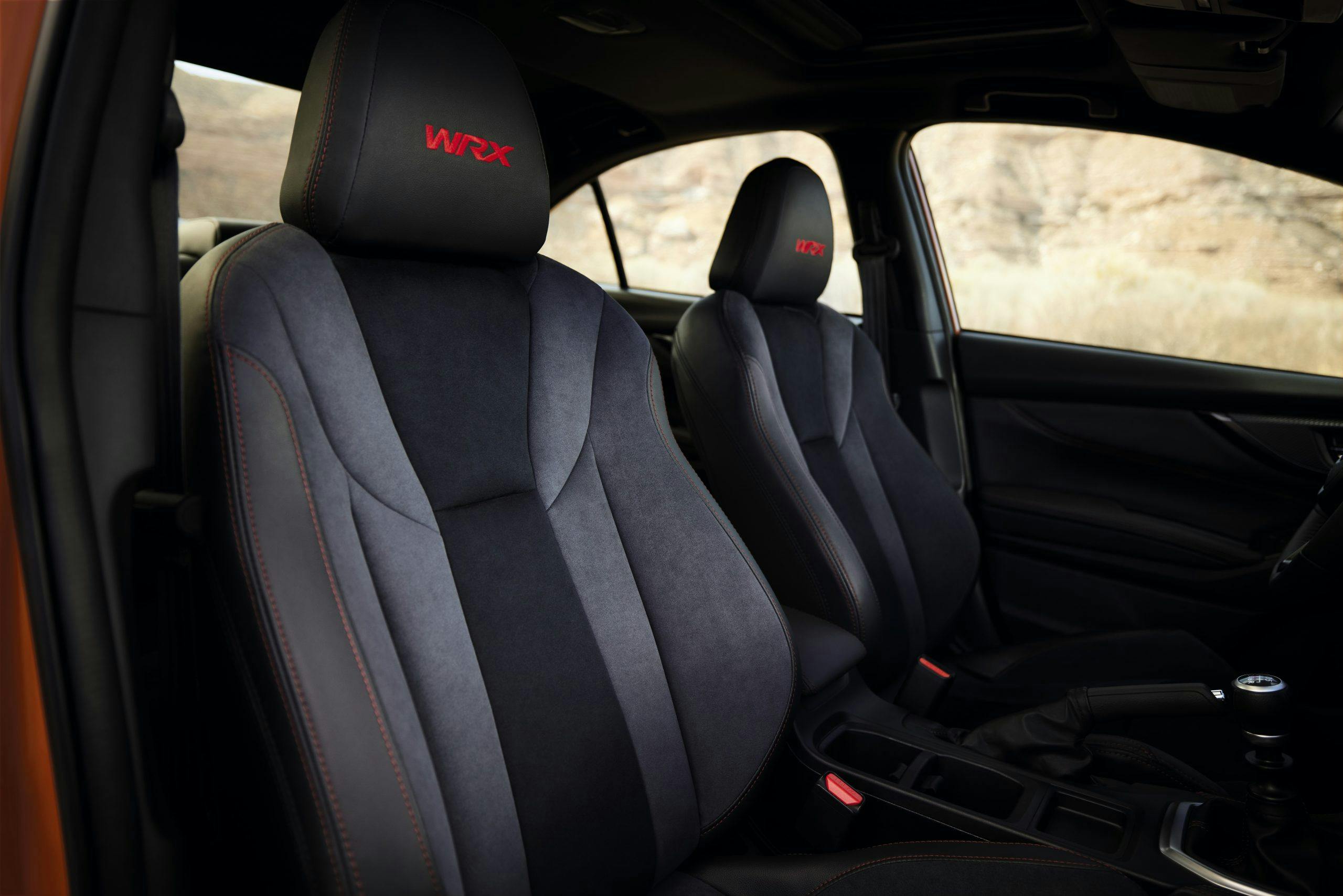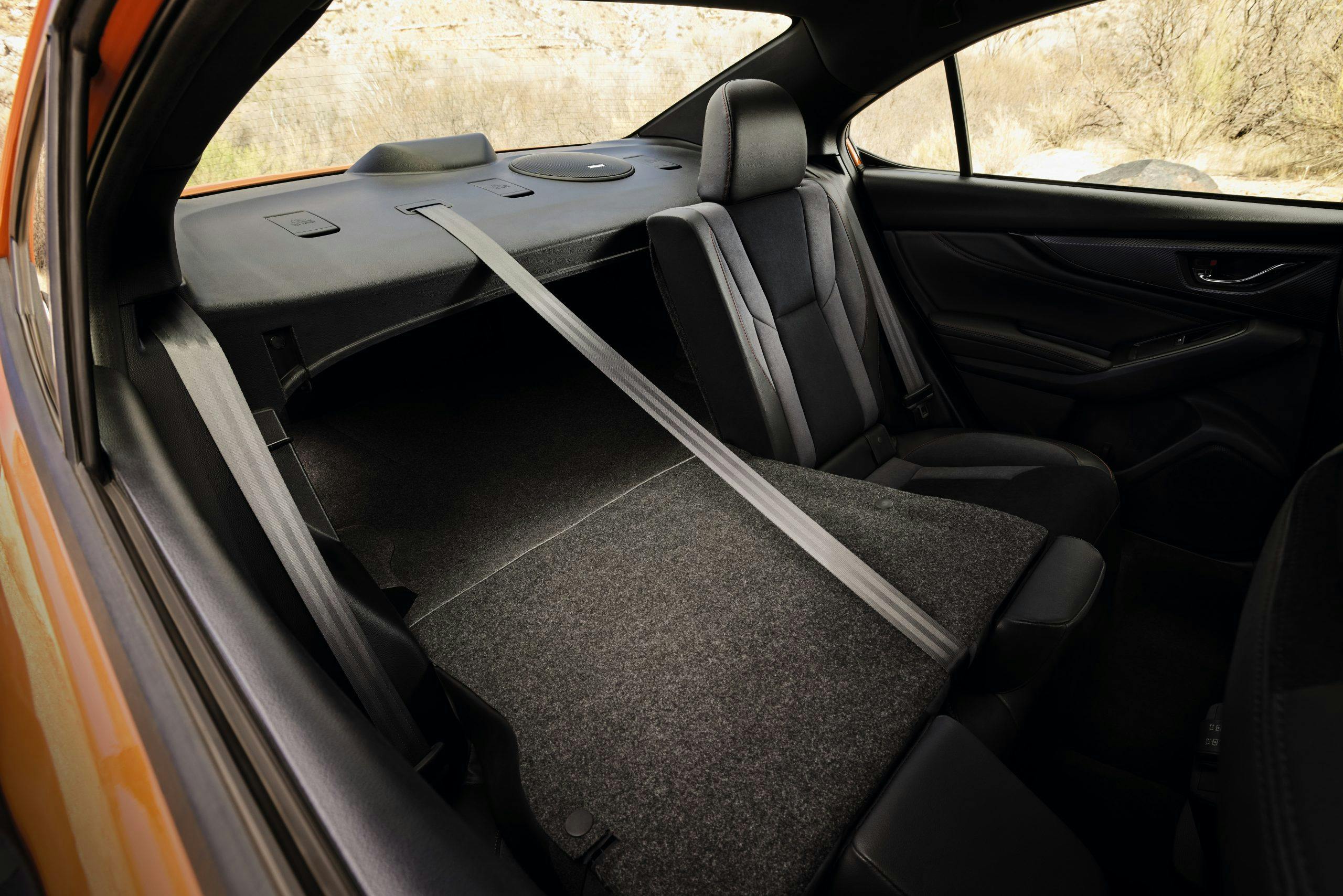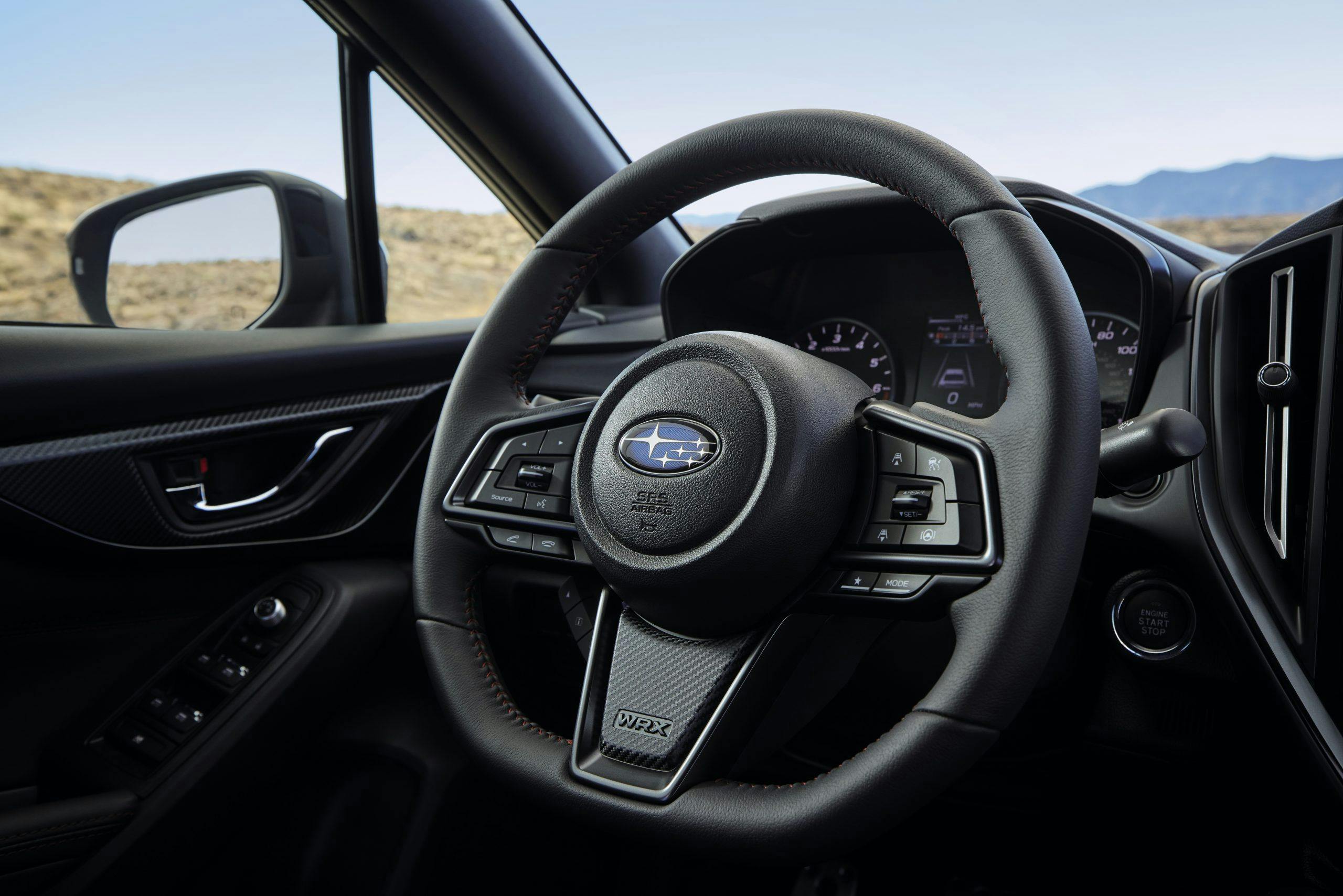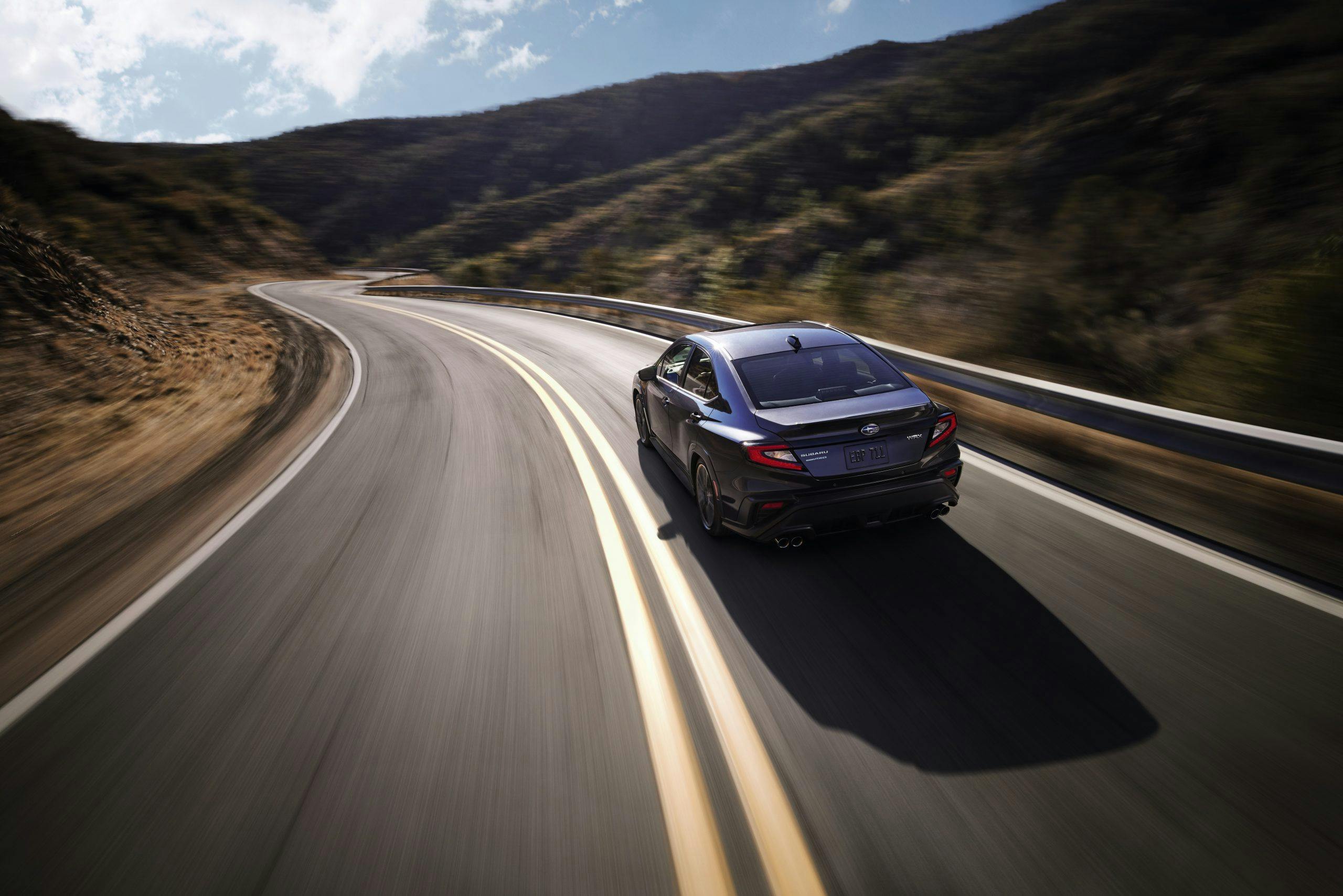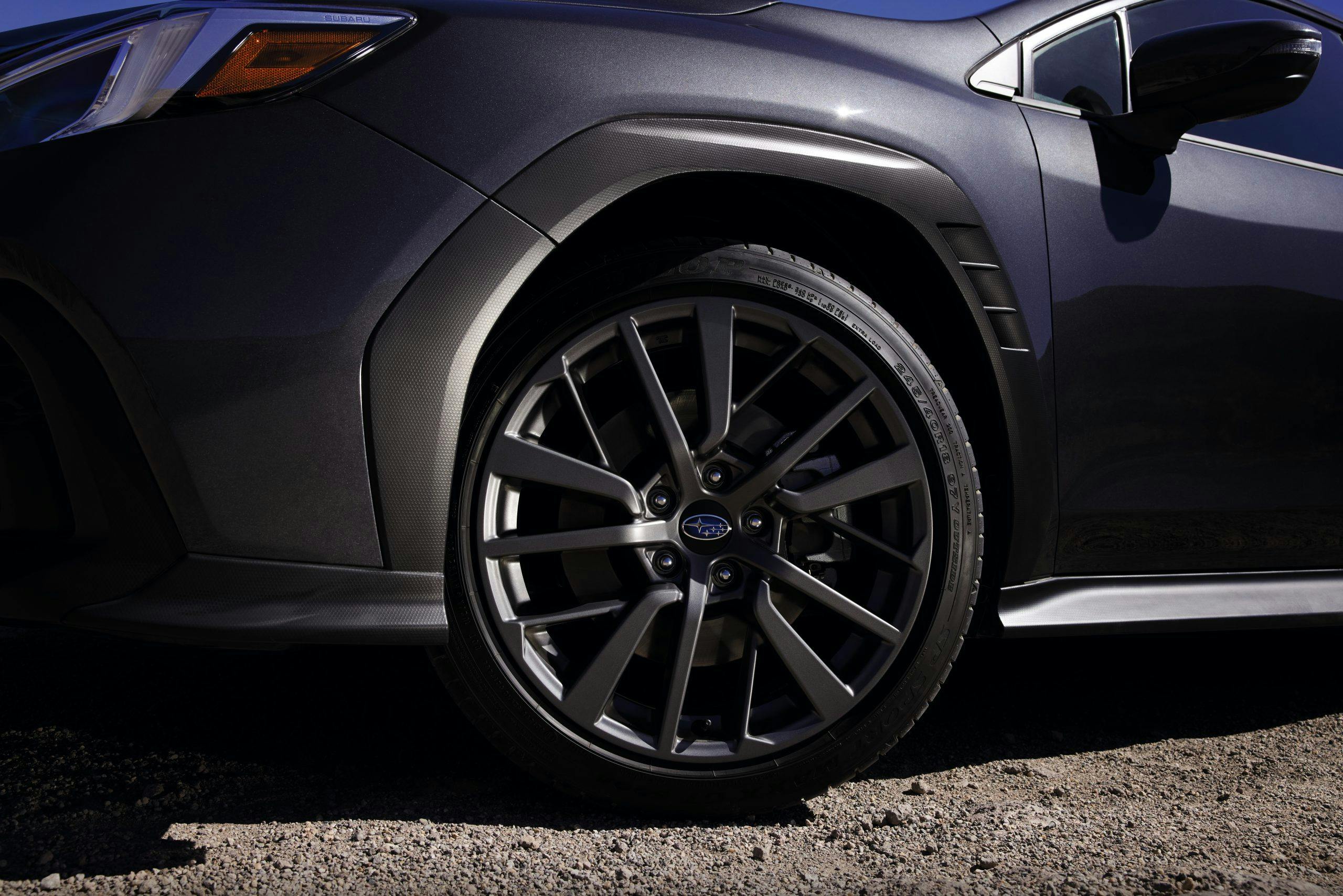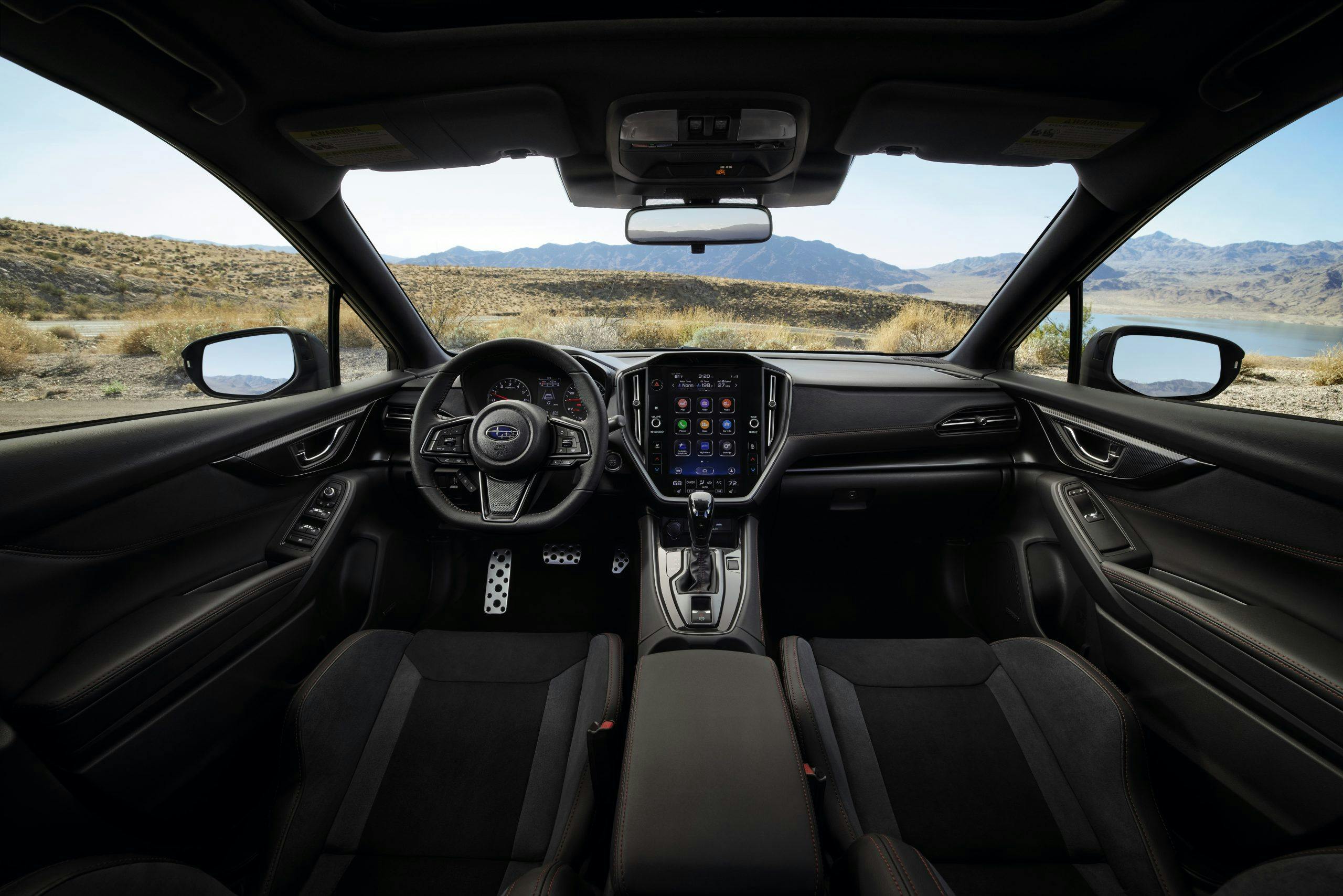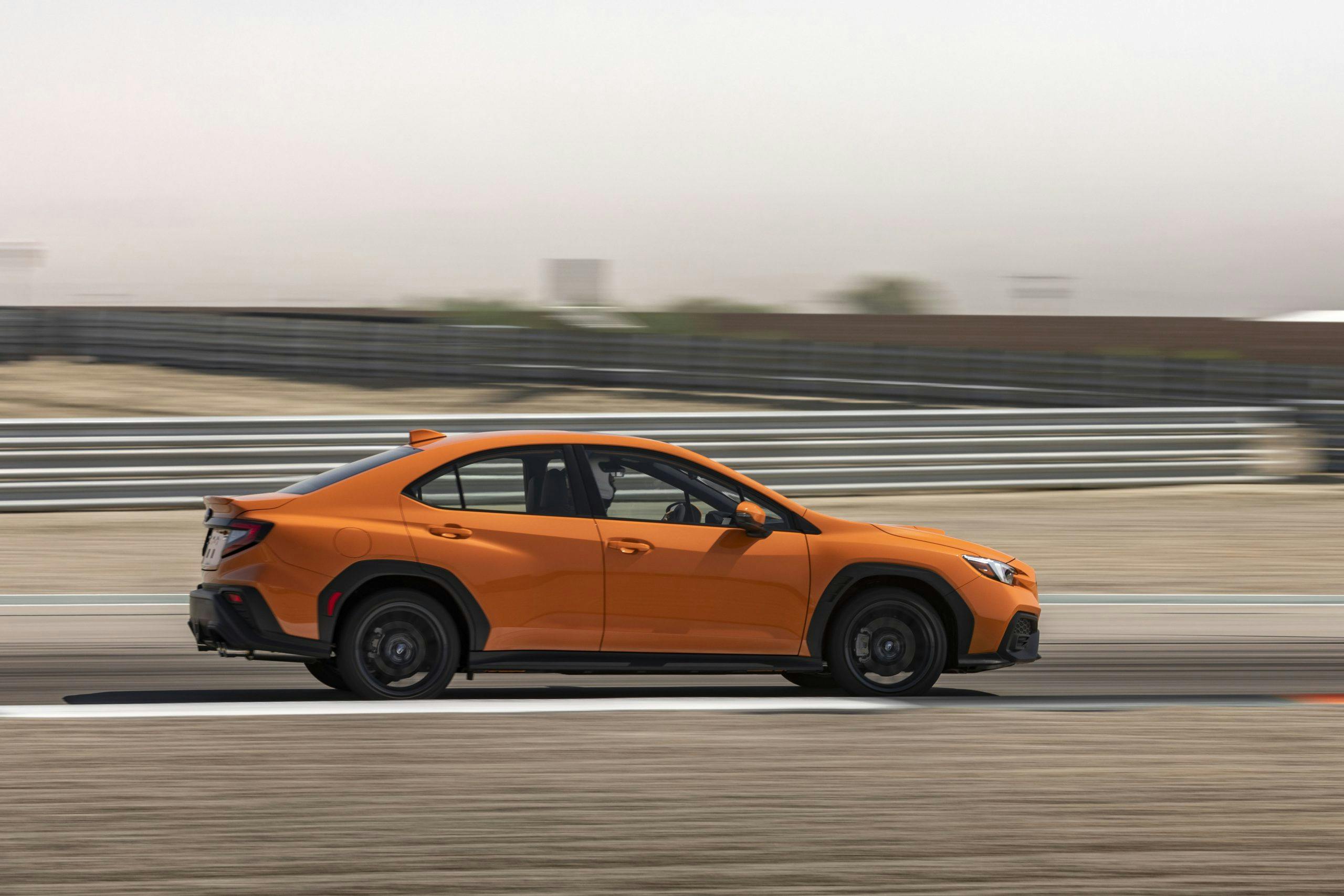Media | Articles
Ride-Along Preview: 2022 Subaru WRX
Rally cars are a scrappy, pugnacious bunch, punching well above their weight in capability and versatility. For nearly two decades in the U.S. and longer abroad, the WRX has brought that scrappy personality to the street, providing sports car performance in packaging that acknowledges that drivers who enjoy carving corners often have other hobbies, too.
The 2022 WRX continues that tradition. Joining its siblings on the 2016-introduced Subaru Global Platform and boasting an attractive new interior with better NVH, a 271-hp 2.4-liter turbo engine, fresh suspension, retaining the proven six-speed manual, and adding a heavily revised optional automatic Subaru Performance Transmission, SPT for short, the WRX’s is a ground-up transformation. It’s a welcome one, too, as the current generation, while venerable, has begun to show its age.
While Subaru did not offer us chance to pilot the new WRX ourselves, Scott Speed, driver for the Subaru Americas Rallycross Championship team and all-around excellent wheelman, whisked us around the Thermal Club race track near Palm Springs, California. Hot laps riding shotgun with a former F1 driver like Speed effectively highlighted the new WRX’s traits and whet my appetite for a future first drive.

The previous WRX (if not the STI with its pronounced wing) has for the past couple of generations provided understated performance, and 2022 WRX is no different. The design is evolutionary: overall clean lines, the familiar hood scoop, and wider, accentuated fenders subtly suggest that there’s something more under the WRX’s skin than the underpinnings of a more modest compact sedan. Presumably the black lower body cladding and wheel arch-defining plastic molding, similar to its Forester and Outback Wilderness siblings, exists to infer the WRX’s off-road prowess, although I tend to agree with Jason Cammisa that such cladding is employed to slim the thicker proportions of many modern cars when looked at from the side. We’re told in the press materials that the taillights are designed to look (read this in your best Austin Powers voice) “reminiscent of volcanic magma,” but really they’re an evolution of prior design across the Subaru family and redolent of a certain Acura NSX tail. Overall, the design is purposeful and attractive in person.
While the exterior continues familiar themes, the interior is home to the greatest visual change. Die-hard fans may have appreciated the prior interior for being “old-school,” and while I enjoyed the knobs for the HVAC, the design afterthought of hard plastics in a mishmash of different colors and textures was always a letdown. The new interior is much more au courant, with an attractive design and nice, complementary textures throughout that are more becoming of a car at this price point.
Marketplace
Buy and sell classics with confidence
The information centers are a mix of traditional and trendy, with clear, easy to read analog gauges set before you and an available 11.6inch STARLINK infotainment center stack. Thankfully, volume and tuning knobs are retained, as are physical buttons for the temperature control. The base model makes do with a smaller, dual split-screen layout, which appears functional but is a bit of a clunky design. Android Audio and Apple CarPlay are integrated into STARLINK, as is Bluetooth hands-free connectivity.
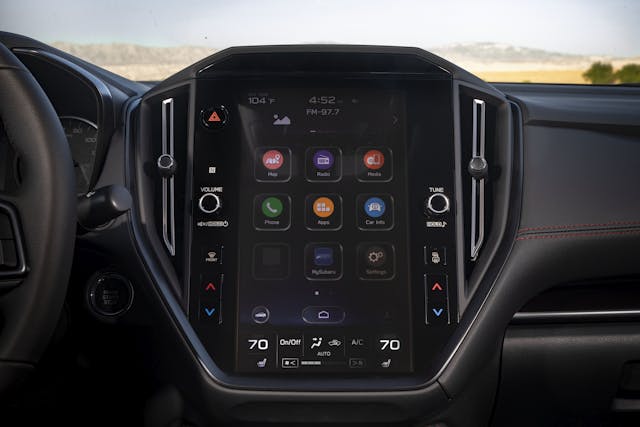
The Base, Limited, and Premium trims all have the same seat construction with cloth and leather options. The new GT trim has Ultrasuede-equipped Recaros with deeper side bolsters and slightly more aggressive shoulder support than the previous model. These seats will keep you planted but are not overly bolstered and should accommodate a broad array of sizes without issue. As with the BRZ, it appears Subaru has paid close attention to seat comfort, with the new model’s base and Recaro offerings each far surpassing the prior generation’s, at least as far as this 41-year old with minor back issues is concerned.
In addition to the Recaro seats, checking the GT box also nets you Ultrasuede interior pieces, 18-inch wheels shod in Dunlop summer tires, and a new Drive Mode Select that enables the driver to customize several driving settings—more on that in a moment.
Chalk it up to the death of Mitsubishi’s Evo, or that years of WRX/Evo battles found a sweet spot for power output in this segment. Or maybe vague deference to the old Japanese edict of keeping horsepower to 276. Whatever the case may be, Subaru has bumped power ever so slightly to 271 from 268 with a new-to-the-WRX 2.4-liter turbocharged engine. Know what? Despite the negligible increase, it’s an ample amount of power, and suits the platform well. The torque curve is broad and flat with 258 lb-ft available between 2000 and 5200 rpm, and on track the power was linear with very little lag.
About that automatic. The SPT is a reworked version of the (don’t say it!) continuously variable transmission found in the prior generation. Having not driven or ridden in the automatic on the street, I can’t speak to its manners around town. However, Subaru appears to have picked up on the feedback about their past CVT and as a result have revised its manners and added a new feature: an eight-speed “manual” mode. More time will tell the story, but what I initially considered a party trick ended up appearing rather engaging, and it’s certainly a concerted effort by Subaru to make their automatic more appealing to enthusiasts.
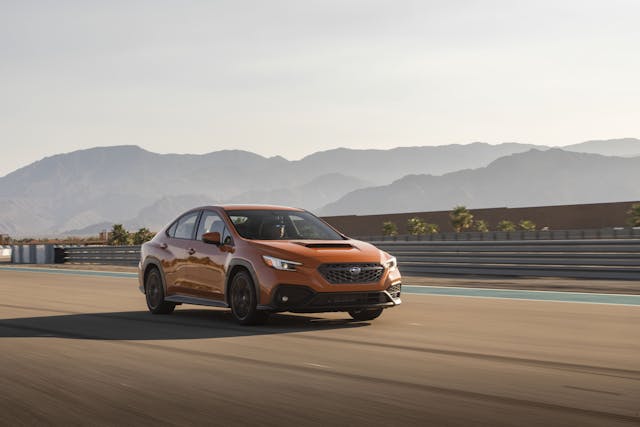
Composure and stability were two attributes emphasized during the reveal, and the lapping bore them out. From the passenger seat, the car felt easy to pitch with very progressive rotation on entry, responded well to throttle correction mid-corner, and remained settled through high-speed transitions. I got the sense turn in was not incredibly sharp, and the WRX demonstrated minor understeer upon entering the tightest of Thermal’s corners. This is to be expected in an all-wheel-drive car with the entirety of its engine ahead of the center of the shock towers, and Speed easily mitigated it by unwinding the wheel and quick throttle modulation. Near the limit of adhesion, he happily took to the curbs at apex and rumble strips at track out to demonstrate how the longer travel of the new suspension and 28 percent increase in torsional rigidity of the Global Platform eagerly embraced undulating surfaces. Speed also noted that the added structural stiffness and suspension travel enabled Subaru to use slightly bigger sway bars, allowing for flatter cornering without concern for impacting ride quality.
A welcome addition to the WRX’s suspension on GT-trimmed automatic-equipped cars are the electronically adjustable dampers. Part of Drive Mode Select, which enables 430 (!) combinations of steering, throttle, damping, and SI-Drive settings, the adjustable dampers provide a very noticeable change in firmness. The closest thing to a rough road at a pristine track like thermal are those rumble strips at track out, and the softest setting enabled the car to better absorb the impact without becoming too soft or washboarding over the bumps. Soft seems a natural setting for daily commutes or the back-road blast that includes more bumps and gravel, whereas the firmest did well on the smooth asphalt of the track. Having said that, the base dampers were no slouch themselves.
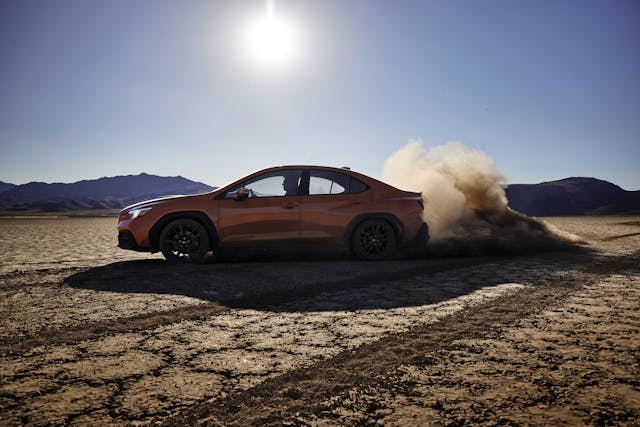
Subaru’s suite of safety features are also incorporated, and with the SPT their EyeSight Driver Assist Technology with integrated Lane Departure Prevention and Advanced Adaptive Cruise Control with Lane Centering is standard across any trim.
You’ve made it this far and there’s been no reference to a new STI. We’re going to have to wait a little while longer, but the fact we were told there is no information “at this time” gives hope that we’ll soon bring news of this platform’s top dog. In the meantime, expect regular WRX’s to show up at dealers toward the end of the first quarter of 2022.
Since we Yanks don’t get the GR Yaris and we no longer have Ford’s fun hatches, the WRX is the sole standard bearer for rally-influenced, high-performance fun that doesn’t sacrifice excellent everyday usability. Oddly, because of the lack of competition, the WRX is free from the crazy horsepower race (and its ensuing expense) we’re seeing across so many segments, and is instead able to pursue becoming a better version of what’s proven to be an excellent formula, adding several features that provide performance, driving pleasure, and comfort. Scrappy indeed.




